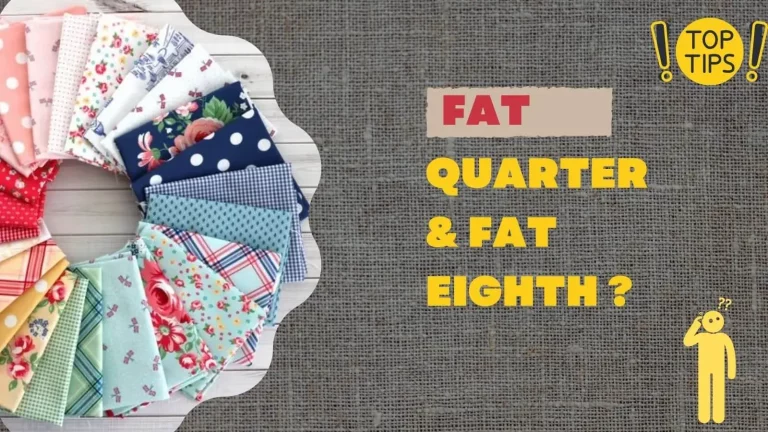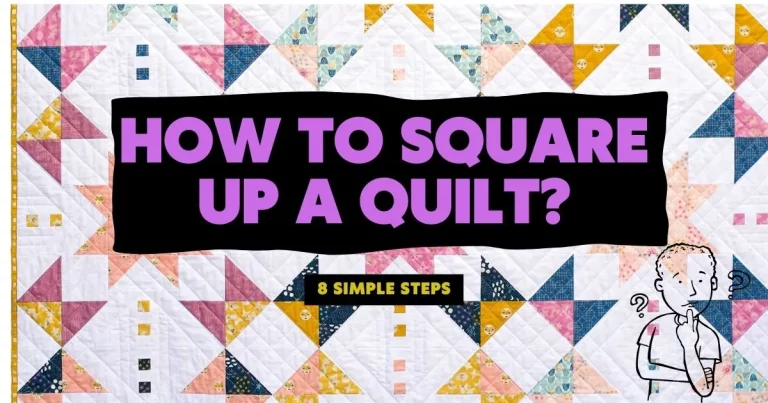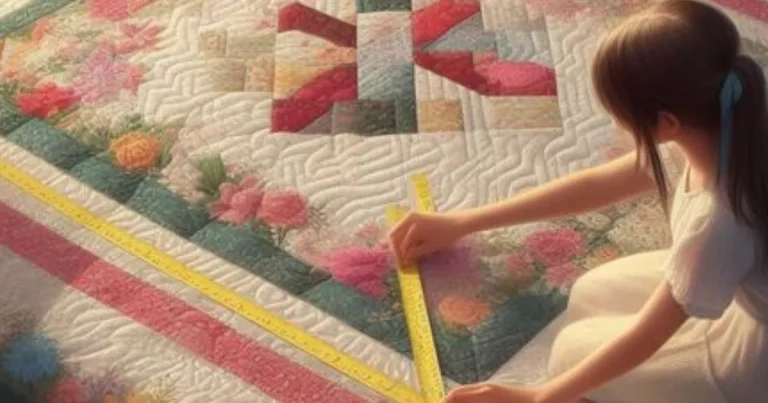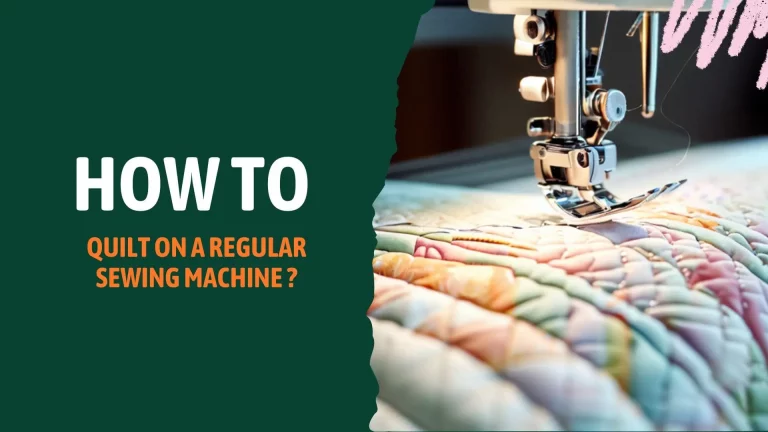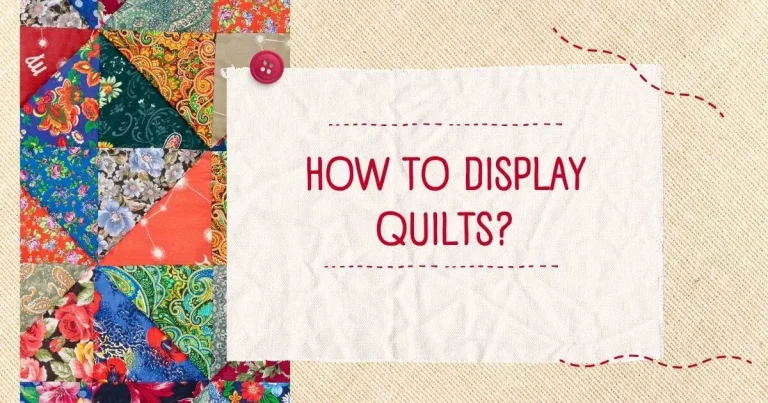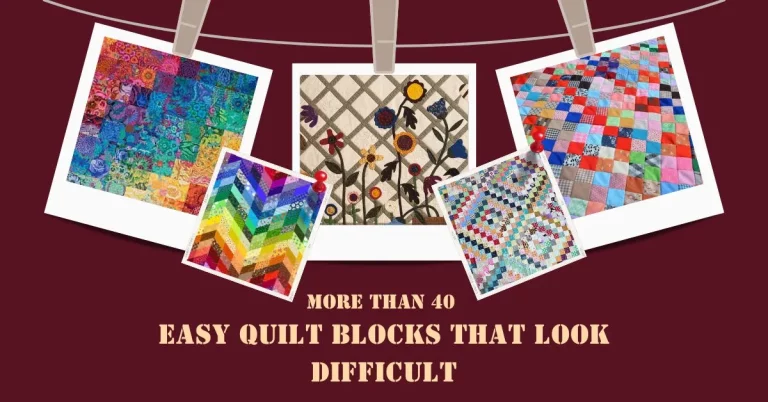25+PATTERNS | FREE MOTION QUILTING

Quilting is not just a craft; it’s an art form that allows you to weave stories, memories, and creativity into fabric. Free motion quilting stands out as a versatile and artistic way to add unique designs and patterns to your quilts among the other various quilting techniques, In this comprehensive guide, we will explore everything you need to know about free motion quilting, from the basics to advanced techniques, as well as tips and tricks to enhance your skills.
What is free motion quilting?
Before diving into the intricate world of free motion quilting, let’s start with the basics. Free motion quilting, often referred to as FMQ, is a quilting technique where you manually control the stitching of your sewing machine to create intricate designs, patterns, and textures on the quilt top. Unlike traditional quilting, where the machine feeds the fabric automatically, free motion quilting allows you to move the fabric freely in any direction, giving you complete creative freedom.
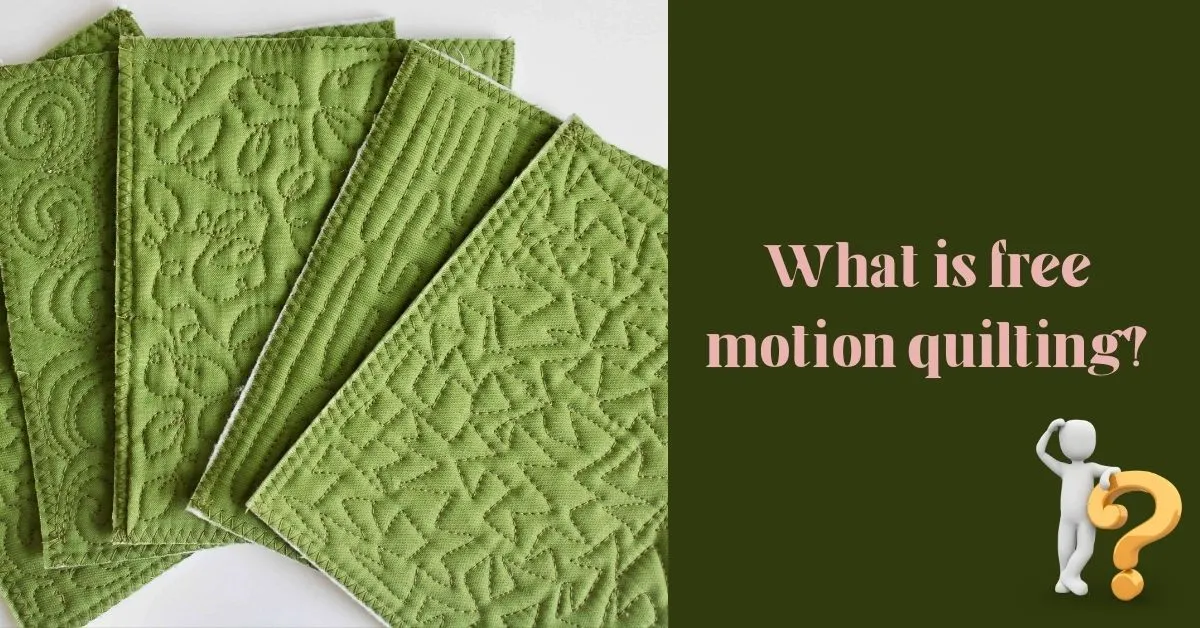
Getting started with free motion quilting
Now that you have a basic understanding of what free motion quilting is, let’s delve into how to get started.

How to Free Motion Quilt

Step 1: Gather Your Materials
Before you begin free motion quilting, gather the necessary materials:
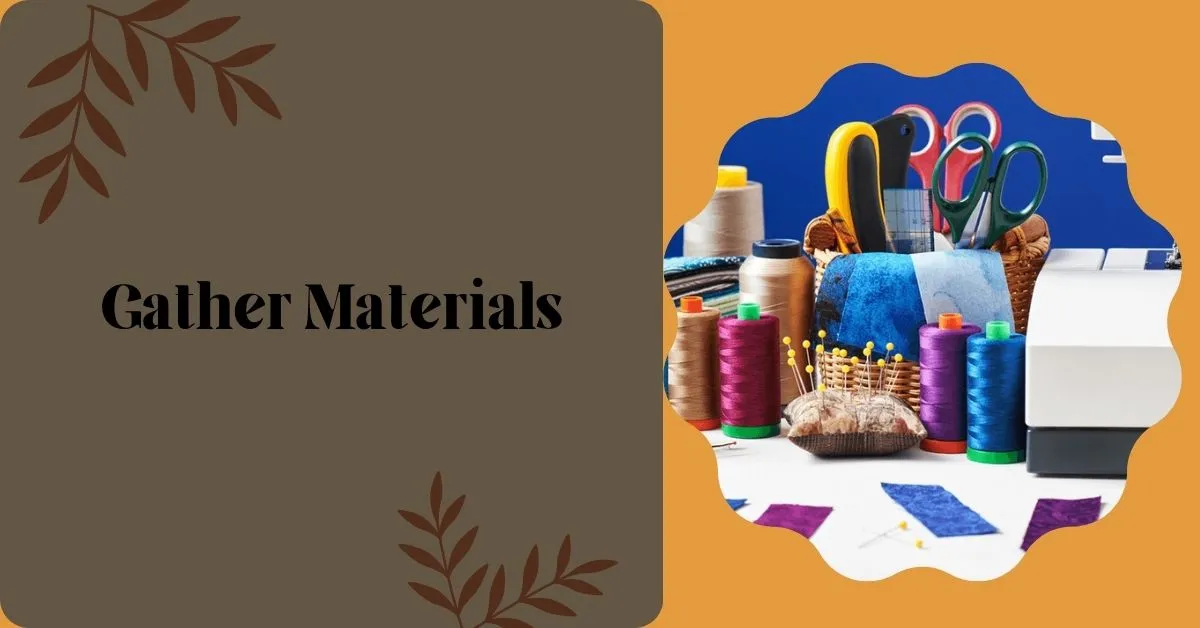
Step 2: Prepare Your Quilt Sandwich
Create a quilt sandwich by layering your quilting fabric (the quilt top), batting, and backing fabric. Ensure that these layers are smooth and free of wrinkles. You can secure the layers together using basting pins or spray adhesive.
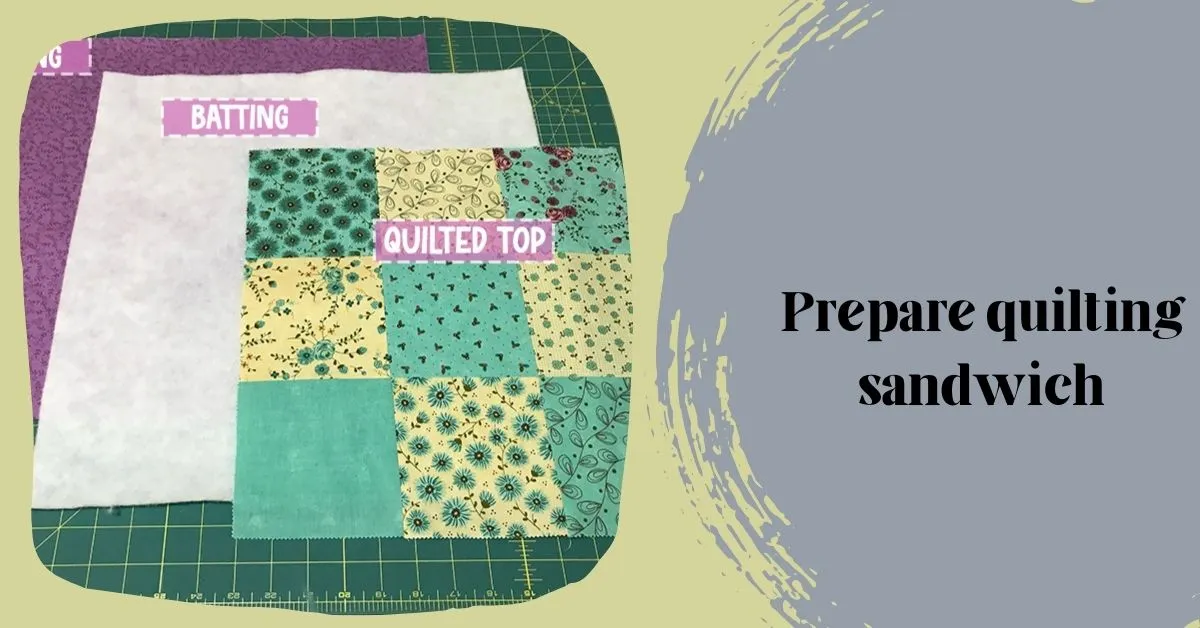
Step 3: Install the Free Motion Quilting Foot
Attach the free motion quilting foot (darning foot) to your sewing machine. This special foot allows you to move the fabric freely in any direction while sewing.

Step 4: Adjust Your Machine Settings
Set your sewing machine to a straight stitch and lower the feed dogs or cover them if your machine has this option. Adjust the stitch length to zero to disable the automatic feed mechanism.
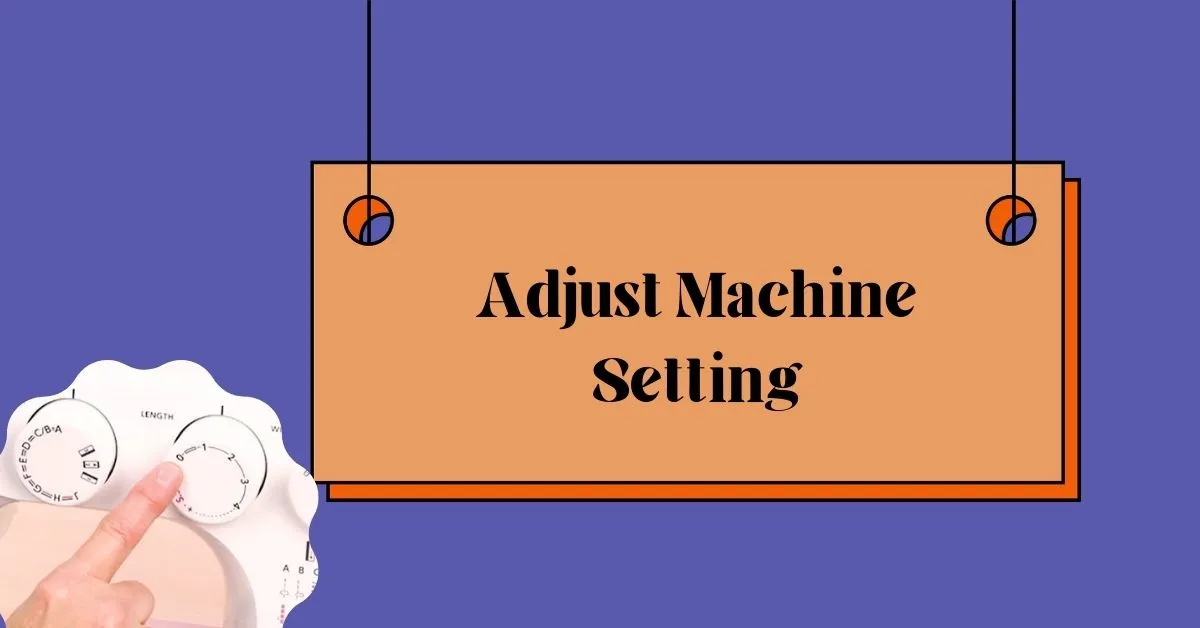
Step 5: Practice on Scrap Fabric
Before you start quilting your main project, practice on a scrap piece of the quilt sandwich. This helps you get a feel for how the free motion quilting foot and your machine’s speed interact. Experiment with different stitch lengths and tension settings to find what works best for you.
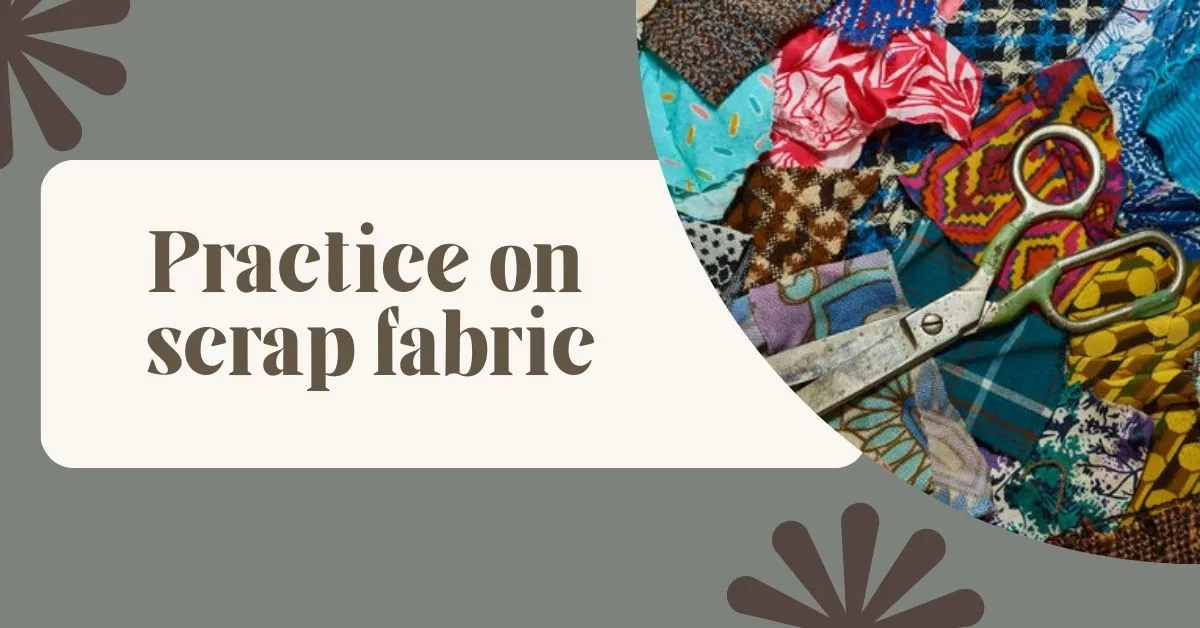
Step 6: Plan Your Quilting Design
Decide on the design or pattern you want to quilt onto your project. You can use stencils, draw freehand, or use templates to guide your quilting. Having a plan in mind will help you maintain a consistent and pleasing design.
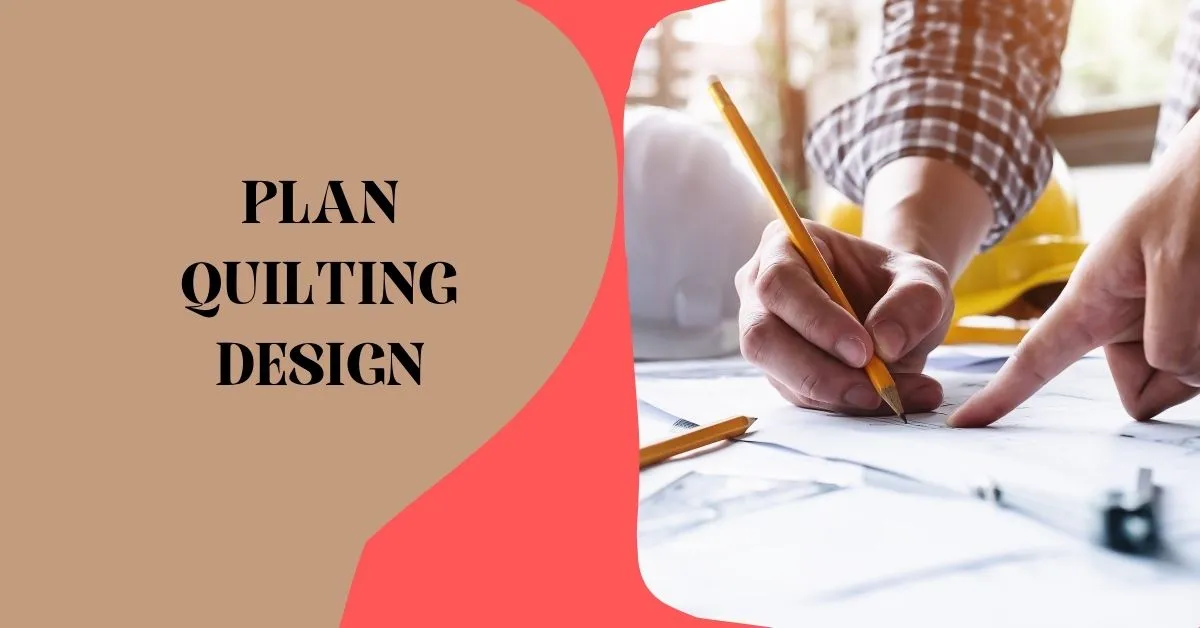
Step 7: Begin Quilting
Now that you’re ready to start, follow these steps:
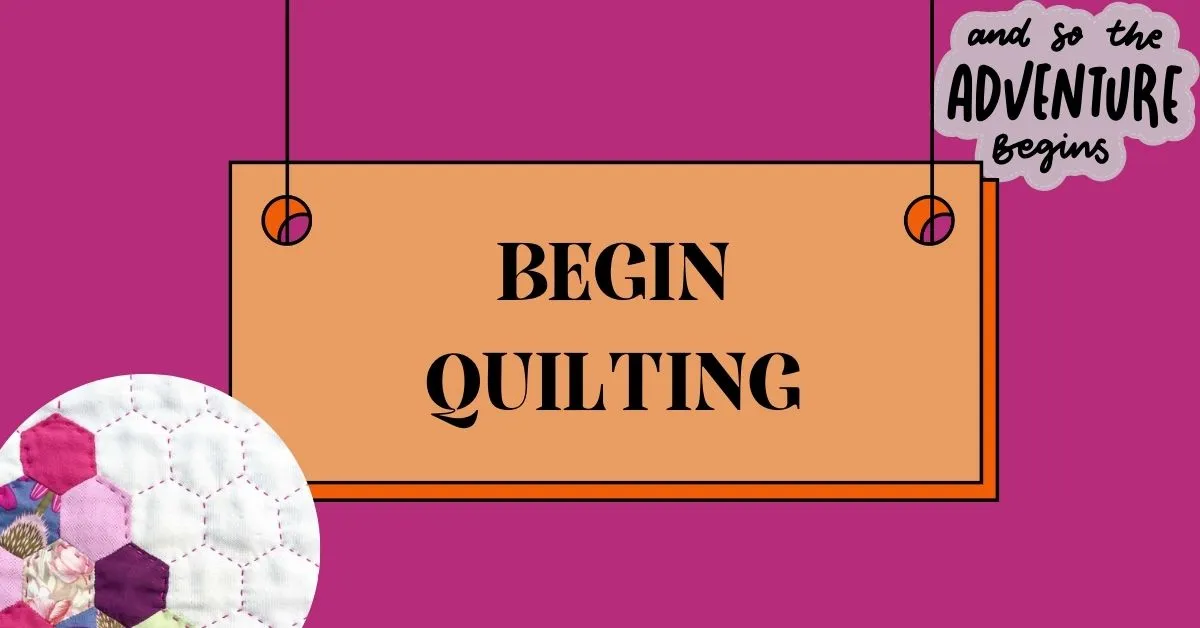
Free motion quilting foot
A free motion quilting foot, often referred to as a darning foot, is an indispensable accessory for quilting enthusiasts. Distinguished by its open-toe design and spring-like mechanism, this specialized presser foot is designed to hover just above the fabric’s surface. Unlike regular presser feet, it doesn’t feed the fabric automatically, giving quilters the freedom to move the material in any direction they desire.
This level of control allows for the creation of intricate and personalized quilting designs, making it an invaluable tool for both beginners and experienced quilters. By attaching the free motion quilting foot to their sewing machines, quilters can explore a wide range of techniques, from stippling to elaborate motifs, as they bring their quilting projects to life with precision and artistry.
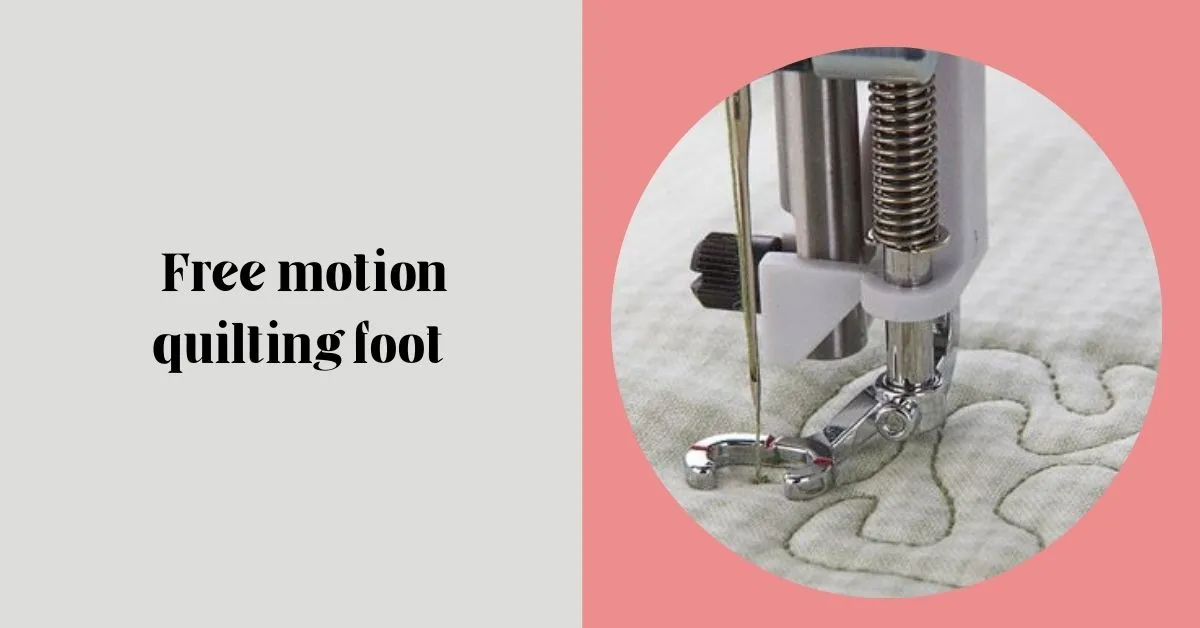
Free motion quilting templates
Free motion quilting templates are valuable tools for quilters looking to add precise and intricate designs to their quilts. These templates come in various shapes and patterns and are used to guide the stitching process during free motion quilting. Here’s a closer look at free motion quilting templates:
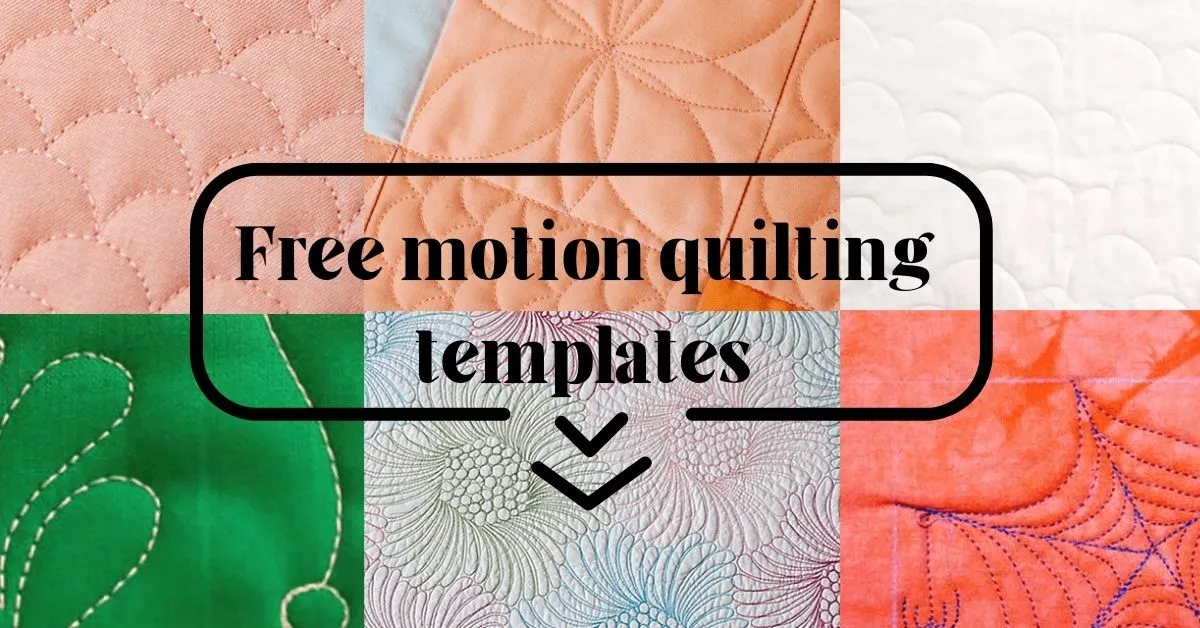
Types of Templates
Stencil templates are pre-made designs on a flexible material, often plastic or Mylar. They come in a wide range of patterns, such as flowers, geometric shapes, animals, and more. Quilters can place these stencils on the quilt top and use them as guides for stitching their chosen design.
These templates are usually transparent and come in various shapes and sizes. They are durable and can be used repeatedly. Quilters can trace the template shapes onto their quilt top and then follow these lines with their free motion quilting foot.
Paper templates are often used for one-time or single-project designs. Quilters can print or draw their desired design onto paper, then pin or temporarily adhere the paper to the quilt top. The stitching is done by sewing through the paper along the drawn lines. Once the quilting is complete, the paper is removed.
How to Use Free Motion Quilting Templates
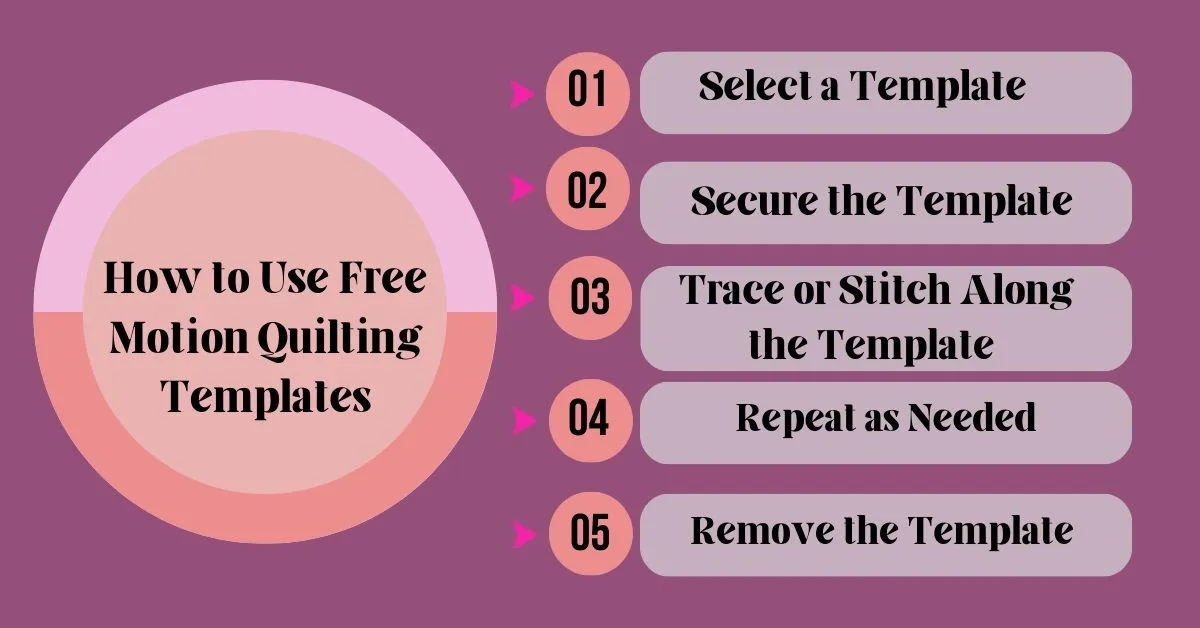
Using templates in free motion quilting involves the following steps:
Choose a template that complements your quilt design. Consider the size and complexity of the template and how it fits into your overall quilt pattern.
If you’re using a stencil or plastic/acrylic template, secure it to the quilt top with masking tape, quilting adhesive, or small weights. Ensure it lies flat and doesn’t shift during quilting.
With the template in place, follow the lines or shapes of the template with your free motion quilting foot. Move the fabric in the direction you want the stitching to go, using the template as a guide.
Continue using the template to create the desired design throughout your quilt top. You can reposition the template as necessary to maintain consistency.
Once you’ve completed the quilting design, carefully remove the template from the quilt top. If you used paper templates, gently tear or cut away the paper, being careful not to disturb your stitches.
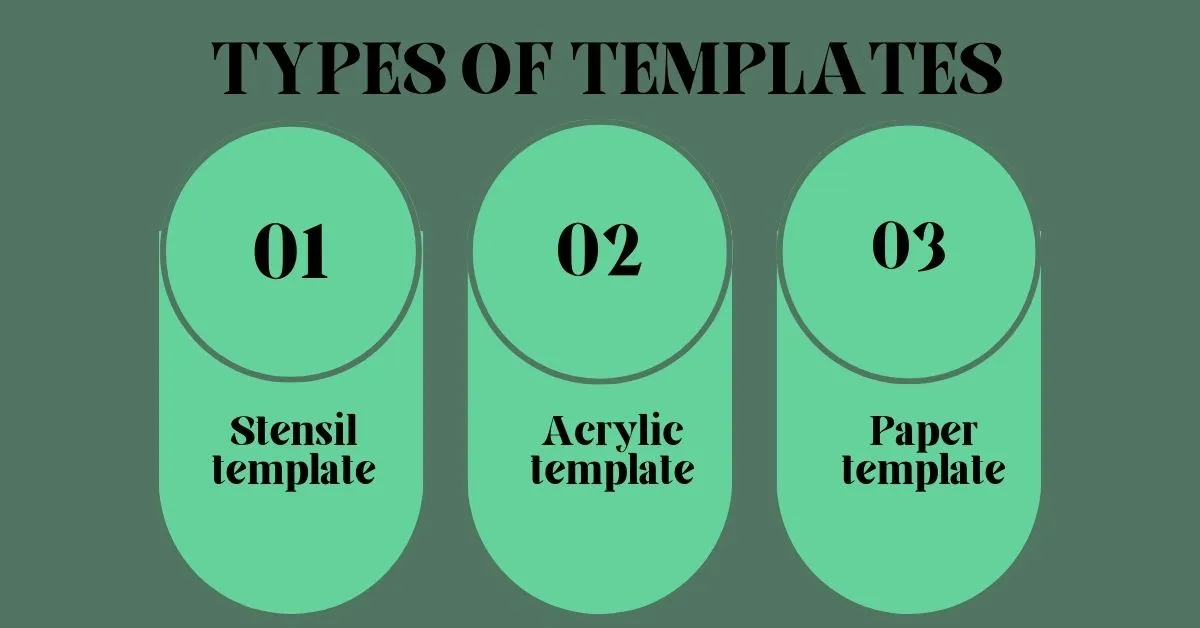
Tips for using free motion quilting templates
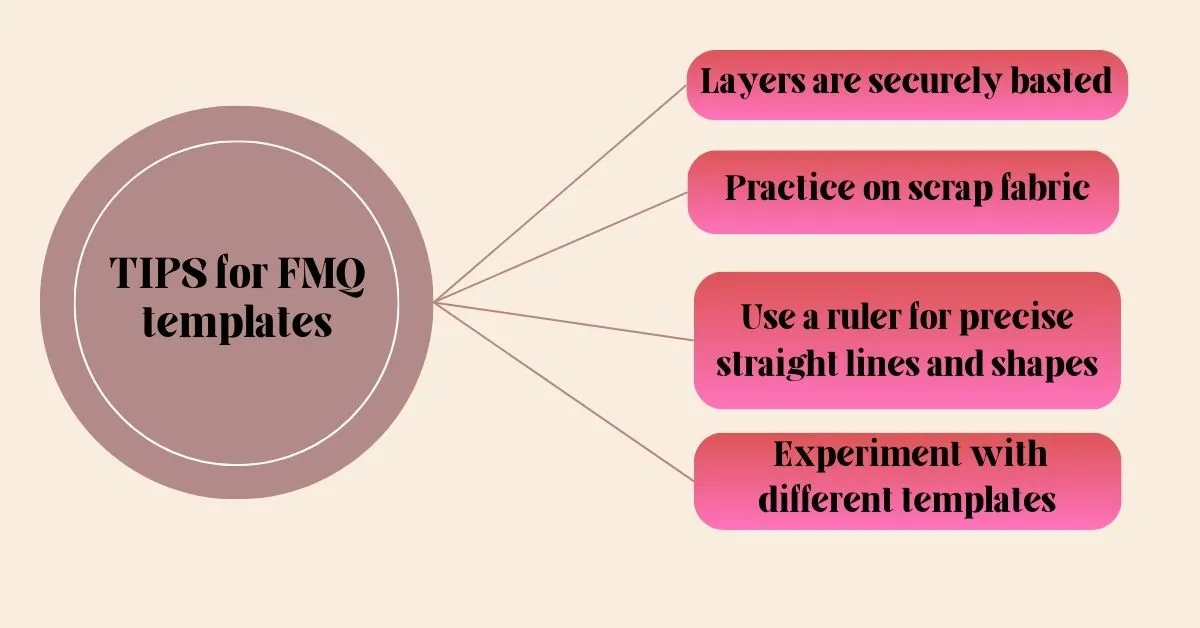
Free motion quilting patterns and designs
Certainly! Here are 30 diverse free motion quilting patterns and designs to add texture and beauty to your quilting projects:
Stippling or Meandering
Continuous, curved lines that meander and entangle make up the free motion quilting technique known as stippling. Both novice and expert quilters favor it because it gives quilted creations a wonderful texture and organic feel. This time-tested method enables quilters to create a structured yet random design, boosting the quilts’ visual appeal and tactile appeal. Stippling allows for unrestricted creativity because each stitch contributes to a one-of-a-kind, handcrafted masterpiece.
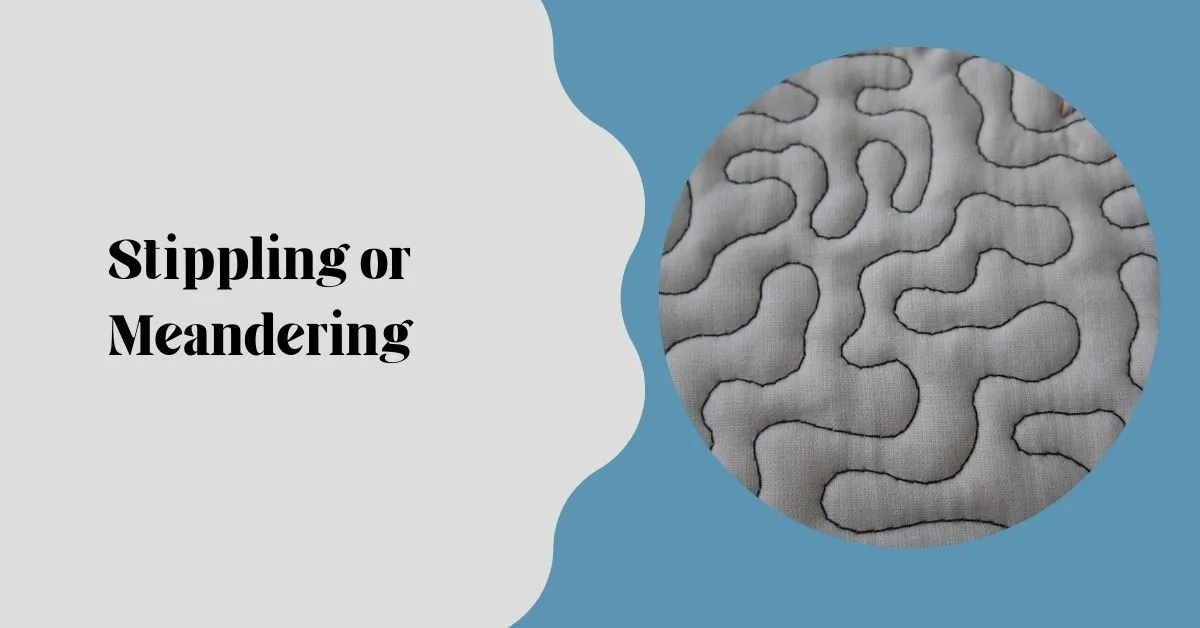
Loop-de-loops
The quirky and fun free motion quilting design known as “loop-de-loops” dances across your quilt in lovely loops and swirls. These organic patterns give your quilts a sense of movement and vitality, which is ideal for adding a little spontaneity. For quilters looking for a design that is entertaining to construct as well as beautiful to look at, loop-de-loops are very pleasant. Each loop you create while you sew becomes a creative brushstroke that gives your quilted masterpiece personality and charm.
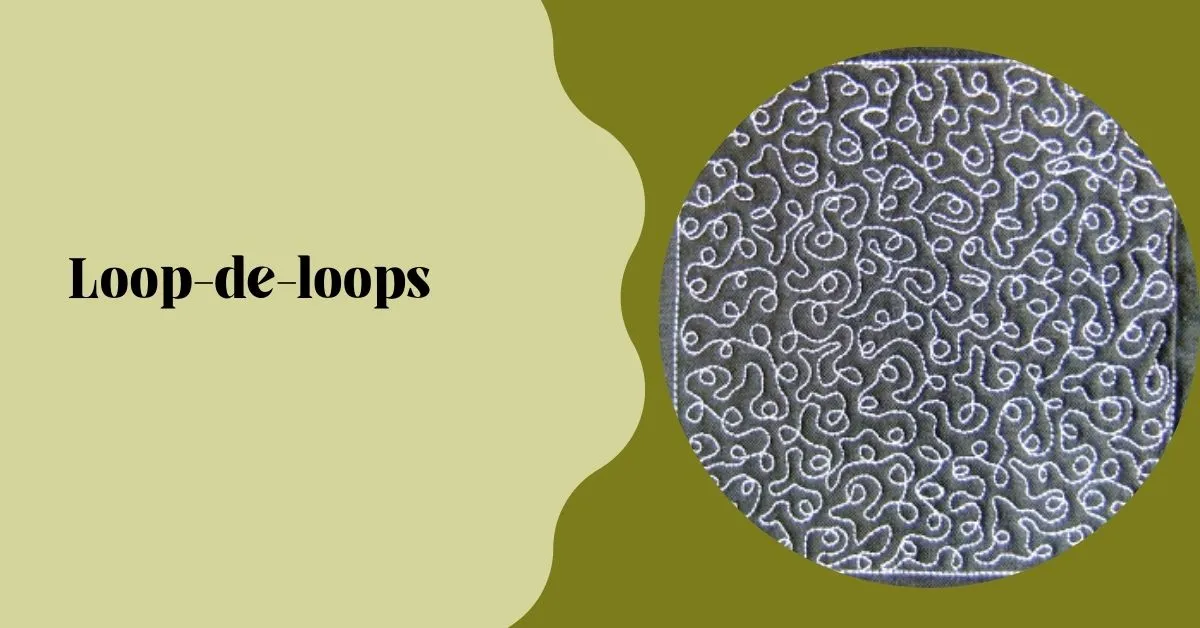
Straight Line Grid
A free motion quilting design that adds structure and accuracy to your quilt is the straight-line grid. You can create a traditional and timeless geometric pattern by sewing parallel lines that are evenly spaced in both horizontal and vertical directions. This grid pattern adds a feeling of balance and refinement to both traditional and modern quilts. It’s a great option for quilters who want their quilts to have clear lines and distinct patterns.
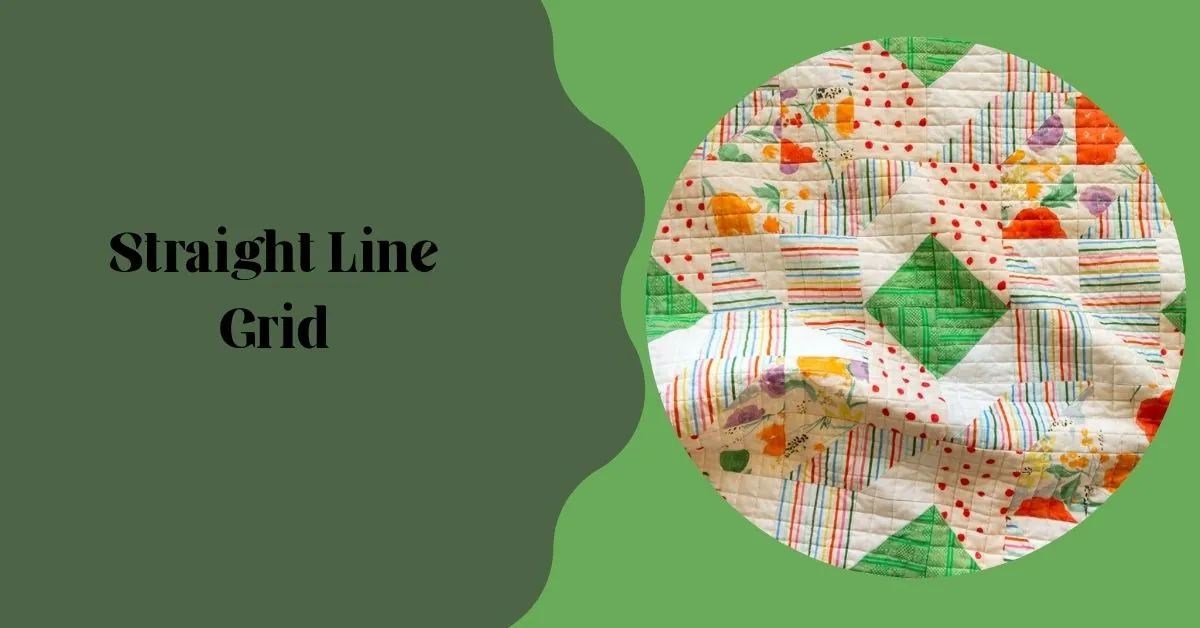
Paisley Feathers
Free motion quilting’s use of paisley feathers to create a stunning design combines two classic motifs. Your quilt will have a touch of luxury thanks to the delicate feathered edges that decorate the graceful, flowing curves of paisley designs. Incorporating these different parts results in a beautiful and detailed design that can be utilized as borders or focus points to improve the quilt’s aesthetic appeal. Quilters are invited to add a dash of vintage charm and creative flair to their works with paisley feathers.

Swirls and Spirals
Free motion quilting spirals and swirls give your fabric canvas an entrancing feeling of movement. A variety of quilting patterns can be complemented by the unique and alluring texture created by these organic, curved shapes. With the freedom of free-motion quilting, you can add a touch of enchantment and flow to your creations, turning each quilt into a one-of-a-kind work of art whether you’re sewing delicate swirls or elaborate spirals. Spirals and swirls arouse a sense of creativity and playfulness in quilters, inviting them to joyfully explore their quilting journey.
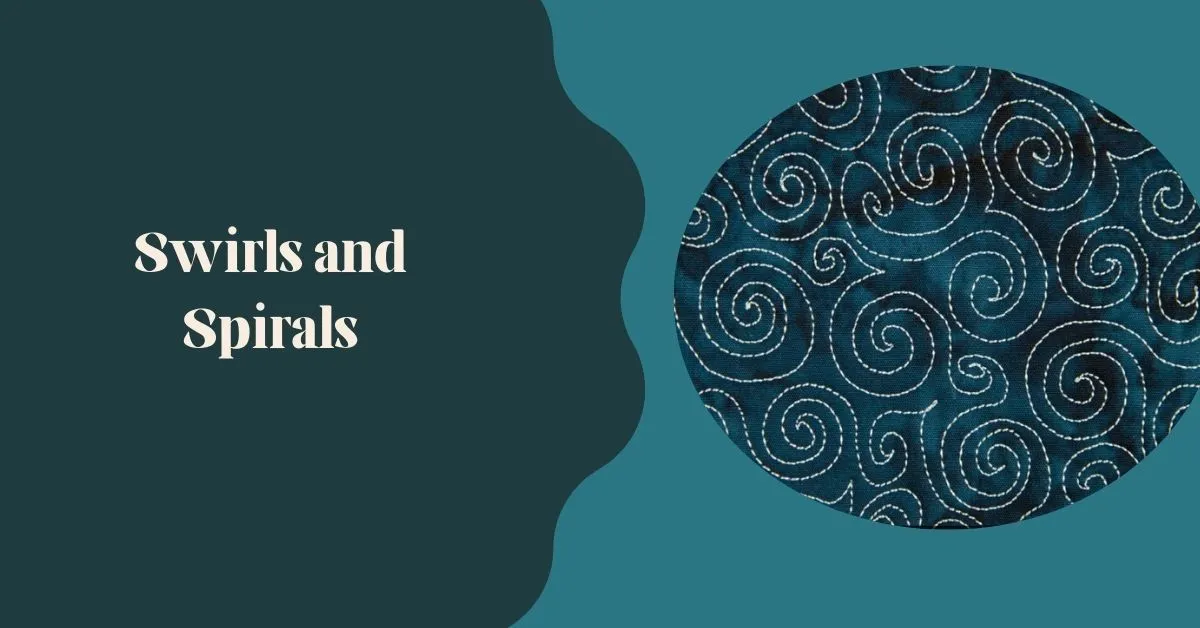
Baptist Fan
Free Motion Quilting’s Baptist fan design radiates a sense of timelessness, heritage, and elegance. This pattern gives your quilts a bit of vintage charm by resembling a hand-held fan. The Baptist fan, which can be used to frame quilt blocks or accentuate borders, produces a striking textured appearance when precisely stitched in overlapping arcs. Any quilt creation benefits from its graceful and sophisticated feel because of its rhythmic, repeated nature.
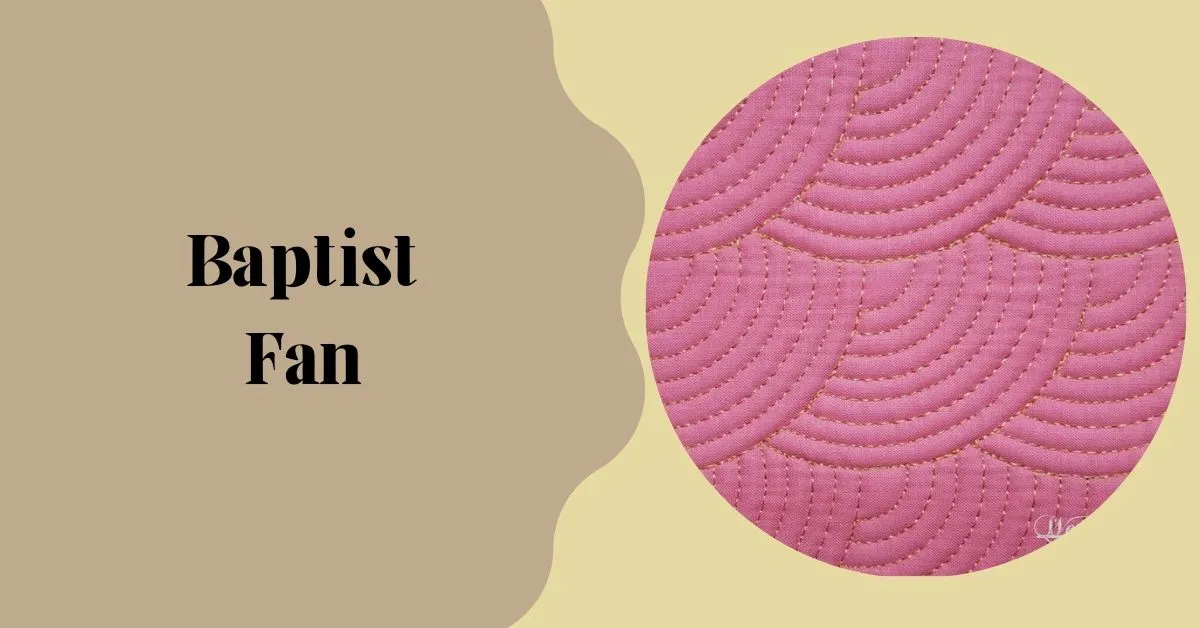
Stars and Spirals
Free motion quilting’s Stars and Spirals pattern mixes heavenly and natural elements to create an alluring pattern. Your project will have a cosmic wonder and whimsical feel to it thanks to the quilting of star shapes encircled by whirling spirals. This kinetic design is ideal for quilts where you want to add a hint of movement and magic while enhancing each star’s brilliance against the spiraling cosmic background. Your quilt top gains a creative and captivating depth thanks to stars and spirals.
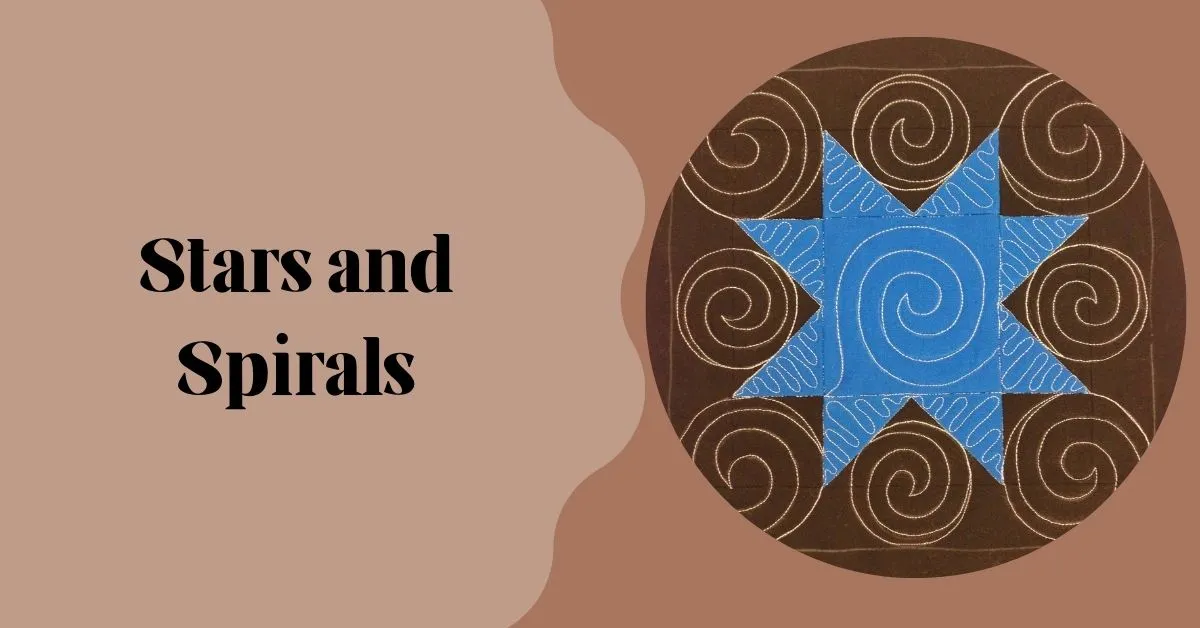
Wood Grain
Wood grain Free motion quilting imitates the organic patterns seen in wood, giving your quilts an earthy and rustic appearance. You can create a warm and organic aesthetic by stitching erratic, wavy lines that resemble the grain of different types of wood. This method is frequently used to give rustic or nature-inspired quilts more depth and character and to bring the outside in. A variety of quilting techniques are well complemented by the feel and visual element that wood grain quilting adds.

Echo Quilting
By forming concentric lines around a main shape or theme, the echo quilting method gives your quilts depth and dimension. This technique progressively expands outward, creating a captivating effect akin to water ripples or canyon echo. Echo quilting can draw attention to particular regions of your quilt while also highlighting focus points and adding visual flair. It’s a flexible strategy that works for both conventional and contemporary quilting designs.

Pebble Stitching
In the free motion quilting technique known as “pebble stitching,” small, round patterns are quilted tightly together to produce a textured pattern that resembles pebbles or stones. This consistent and dense pattern gives quilts a delightfully tactile texture that makes them ideal for background fillings or stark contrast.
Pebble stitching can mimic the appearance of cobblestones on a walkway or the serenity of water drops on a surface, enhancing your quilt’s appeal and adding visual intrigue. It is a favorite among quilters due to its adaptability and capacity to blend in with different quilting designs.
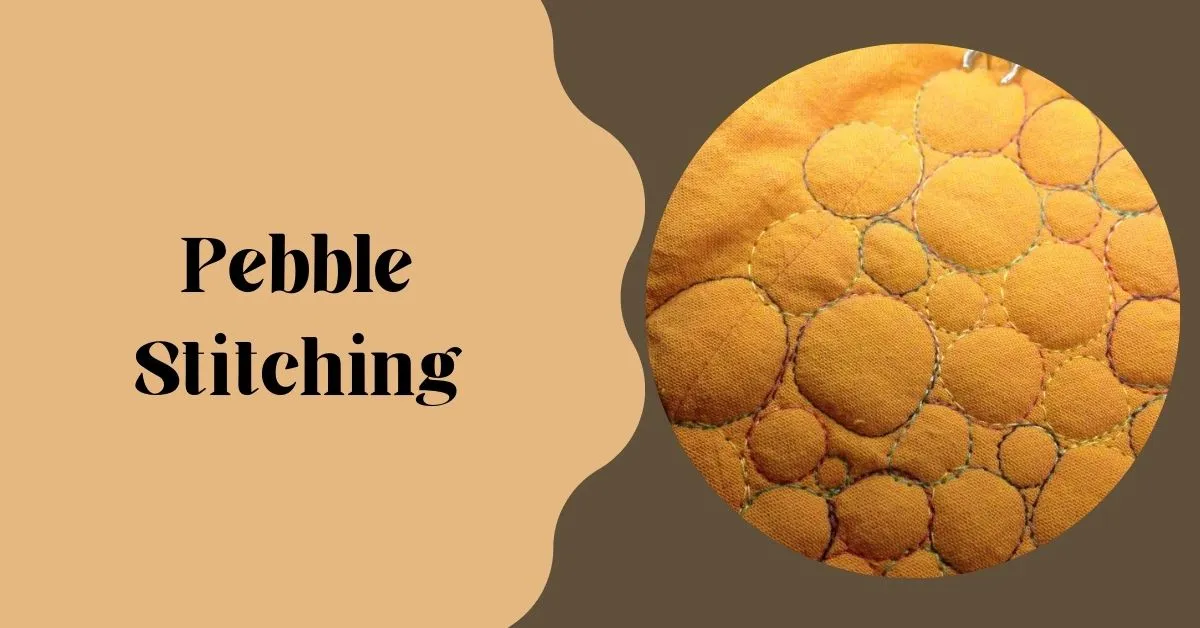
Feathered Wreaths
Free motion quilting feathered wreaths are the epitome of classic style. Delicate feathers extend outward from a center point in these elaborate circular patterns, giving rise to an opulent and regal motif. Frequently utilized as focal points, feathered wreaths raise the quilt’s aesthetic value. Each wreath in your quilt becomes a work of art with the meticulous and artistic quilting required.
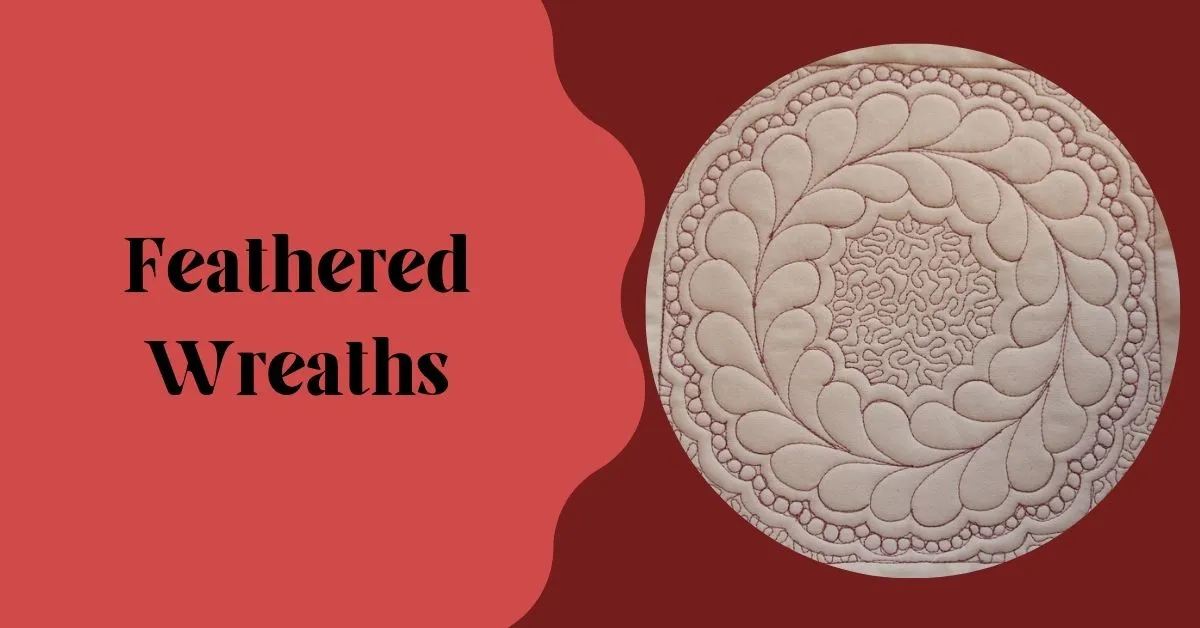
Loopy Flowers
Loopy flowers are a beautiful combination of fun loops and fanciful floral forms used in free motion quilting. These endearing patterns bring to mind the beauty and spontaneity of nature, making them ideal for adding a dash of playfulness to your quilted products. Loopy flowers are adaptable because they let quilters mix loops and swirls to make elaborate blossoms that can be dispersed across a quilt or grouped together as beautiful focal points. Loopy flowers add a pleasant and artistic touch to your quilts with their organic and graceful charm.

Ribbon Candy
Ribbon candy is a free motion quilting pattern that gives your quilts a dash of class and sweetness. This pattern is made up of diagonal lines that resemble twists in traditional seasonal candies or interlocking ribbons. Ribbon candy is a common option for borders or sashing since it has a decorative and aesthetically pleasant feel. Its symmetrical yet complex appearance gives quilted projects a lovely touch of refinement.
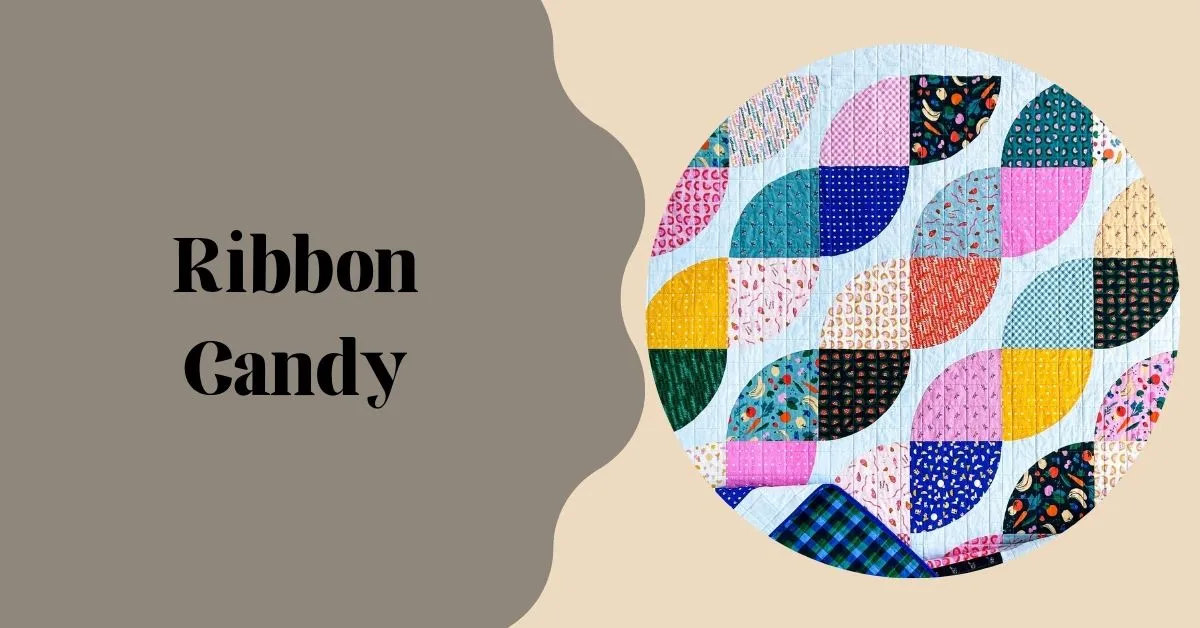
Feathers and Flames
Free motion quilting designs that combine elegance and dramatic energy are feathers and flames. The delicate curves of feathers work in harmony with flame-like designs to produce a spellbinding contrast. This combination gives your quilted creations a sense of refinement while also providing a fiery and dramatic touch. When making appealing borders or enhancing the visual effect of their quilts, quilters frequently employ feathers and flames.
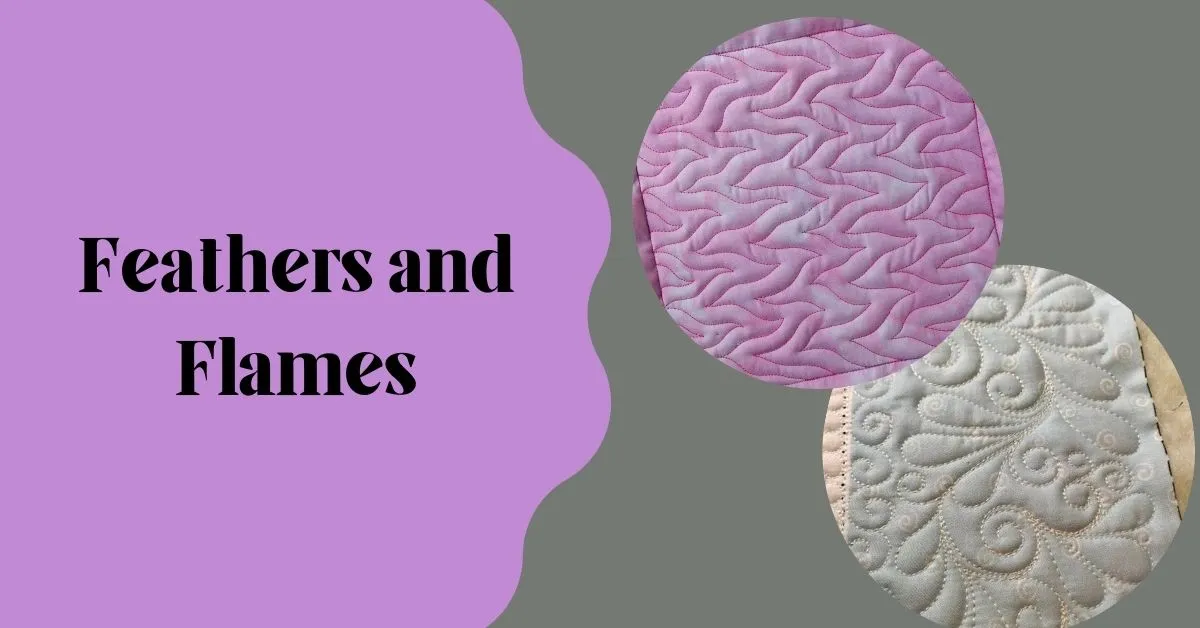
Floral Vines
Your quilted masterpieces gain a natural and enchanted touch through the use of floral vines in free motion quilting. These wavy patterns resemble vines that are festooned with blossoming flowers and leaves, bringing a touch of the beauty of nature. Floral vines can be used as stand-alone motifs, to frame quilt blocks, to make opulent borders, and more.
They are a favorite among quilters who want to add a touch of floral attraction to their work because of the way their organic attractiveness lends quilted items a feeling of serenity and grace.

Echoed Circles
Your quilt designs will seem captivating and three-dimensional when free motion is quilted with echoed circles. By sewing concentric circles with similar distances between them, this method produces a mesmerizing visual rhythm. Echoed circles can be utilized to draw attention to certain quilting motifs or to give the design more depth and texture.
They are a flexible option for quilters looking to add a contemporary and aesthetic touch to their creations due to their geometric accuracy and repetition.

Zigzag Flames
Your quilts will have a fiery and dynamic energy thanks to the zigzag flames in free motion stitching. This eye-catching pattern blends the dramatic flame appearance with angular zigzag lines to produce an arresting visual effect. Zigzag flames are a popular technique used by quilters to add intensity and excitement to themed quilts as well as to give their creations a bold and edgy look. This pattern is perfect for quilts that demand attention and liveliness due to its blend of zigzagging lines and fiery motifs.
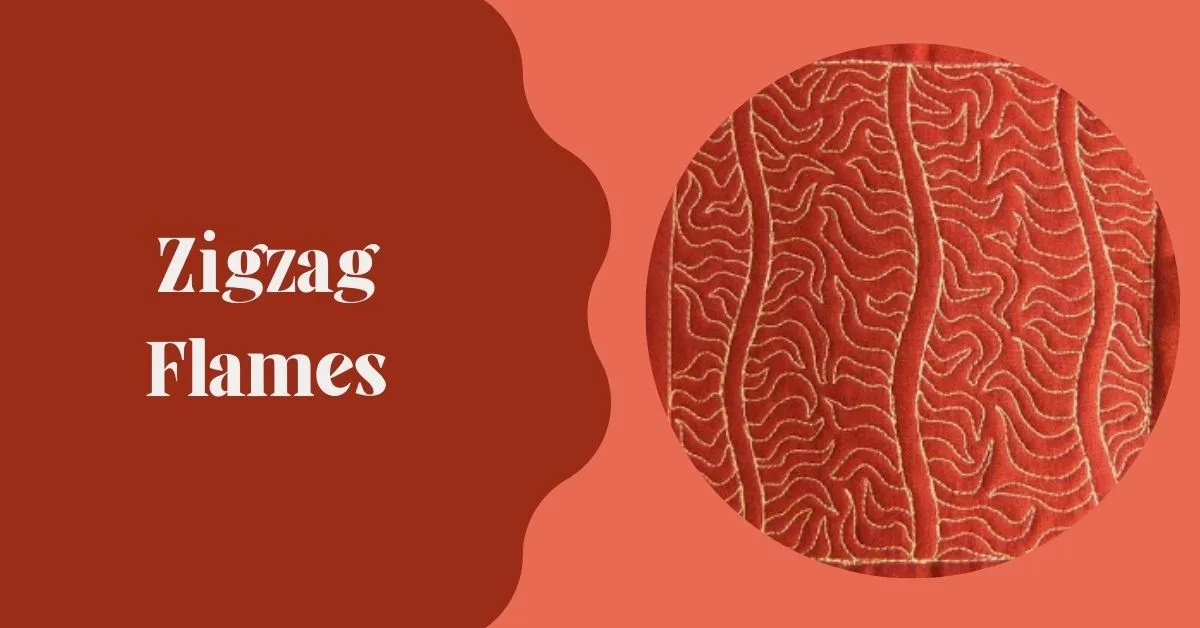
Clamshells
Clamshells are a traditional and sophisticated alternative for adding texture and depth to your quilts while free motion quilting. Rows of overlapping, curving forms resembling clam shells make up this motif. Clamshells are a versatile alternative for both traditional and modern quilts because of their repeated and flowing character, which produces a calming and classic effect. Clamshells are frequently used by quilters as background fillers to give their creations a more upscale appearance.
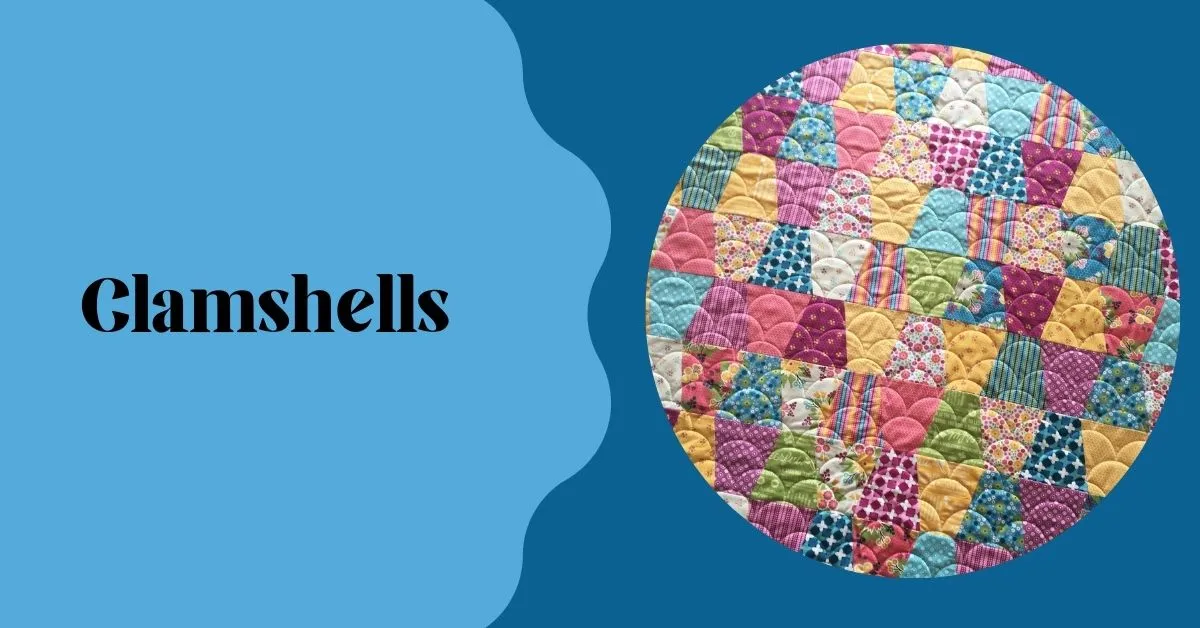
Interlocking Spirals
One fascinating and complex design option for free motion quilting is interlocking spirals. Spirals are used in this pattern to flow and entwine with one another, producing a vibrant and captivating texture. In your quilt, interlocking spirals can be utilized as a focal point or to fill empty places, giving the whole design depth and movement. Interlocking spirals are an intriguing element to many quilting projects because quilters value their craftsmanship and visual impact.
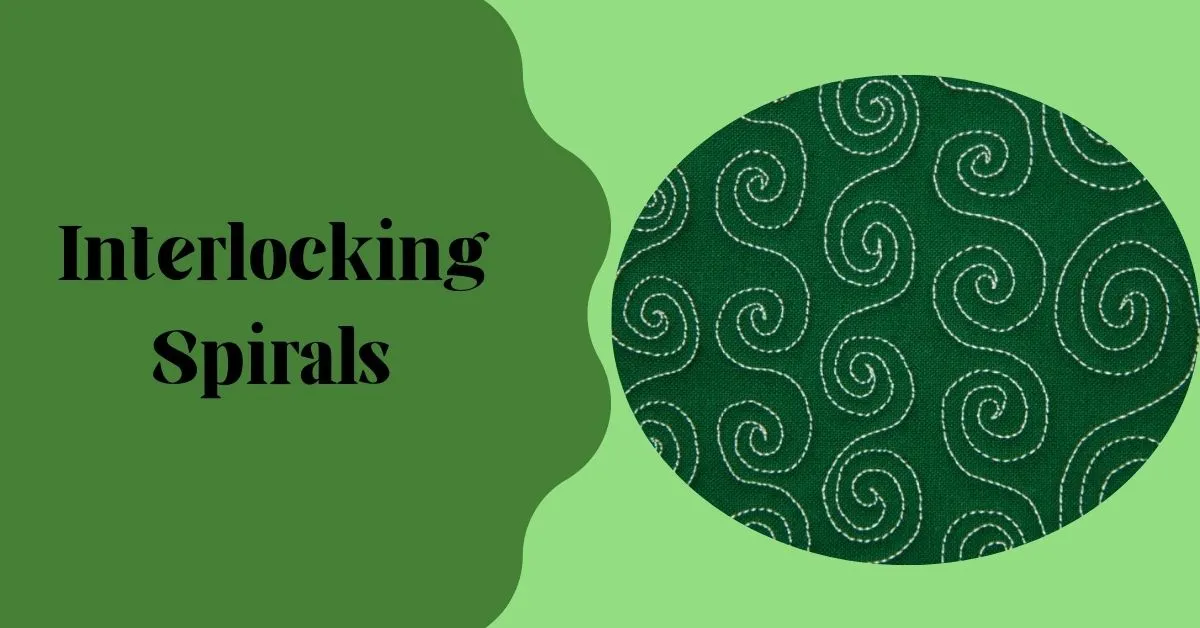
Geometric Tiles
When free motion quilting, geometric tiles add a feeling of structure and accuracy to your stitched works of art. In this design, quilters repeat and connect geometric designs like squares, triangles, and diamonds. The end result is a cutting-edge and visually appealing design that gives your quilts a modern feel. Because of their adaptability, geometric tiles are appropriate for quilts that range from simple and abstract to strong and graphic.

Bubble Wrap
Free motion quilting with bubble wrap designs is a fun and original way to give your quilts dimension. Closely quilted circular or oval motifs that resemble the bubbles in bubble wrap packaging make up this amusing pattern. Quilters frequently utilize bubble wrap designs to make a tactile and eye-catching surface that may be entertaining and practical. This pattern can be used to give a variety of quilting projects a sense of surprise and approachable charm.

Wind Swept Leaves
The essence of nature’s graceful dance is captured in free motion quilting’s wind-swept leaf patterns. Your quilts will have a subtle hint of organic elegance thanks to these flowing and swirling patterns that resemble leaves caught in a breeze. Wind-swept leaves are ideal for nature-inspired or seasonal quilts because they may give quilts a sense of movement and tranquillity. With the help of this design, quilters may incorporate the tranquil beauty of the outdoors into their works, fusing art and nature in a pleasing way.
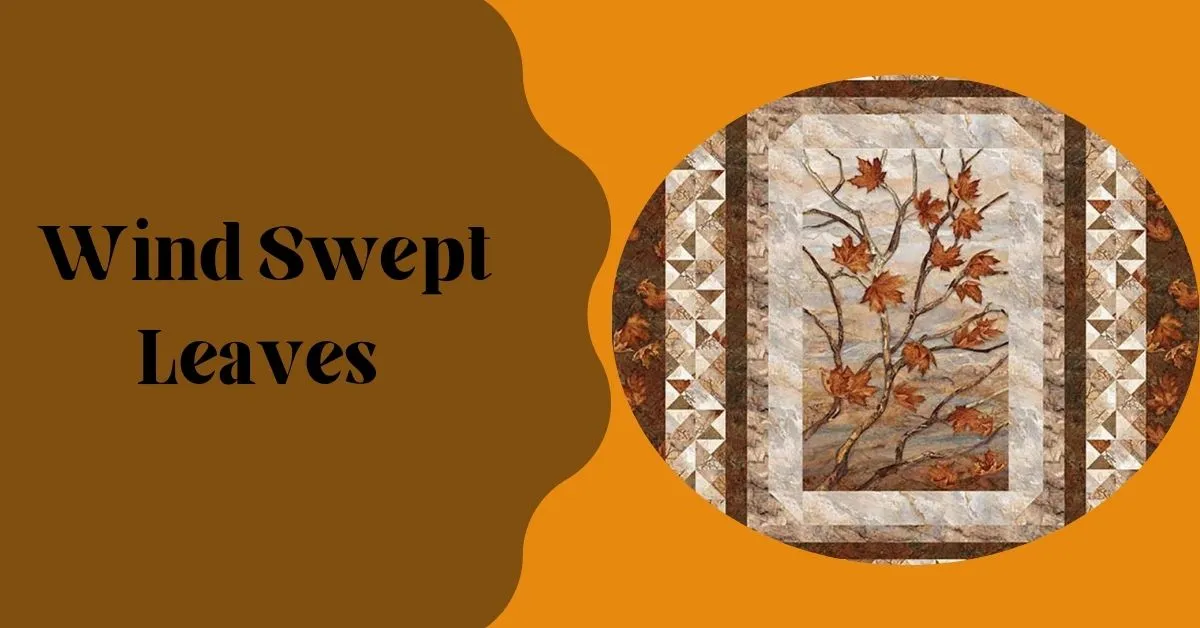
Starbursts
In free motion quilting, wind starburst designs mix the enchantment of celestial motifs with the dynamic energy of radiating lines. Each star shines brightly against the whirling, energetic backdrop thanks to these intriguing motifs, which arouse feelings of cosmic wonder. Wind starbursts are a common technique used by quilters to add a touch of magic and movement to their quilts, producing a captivating visual extravaganza. This pattern gives quilted products a special blend of imagination and heavenly charm, letting them genuinely glow.

Tidal waves
In free motion quilting, tidal waves provide a mesmerizing portrayal of maritime motion and calm. These elegantly undulating wavy lines resemble the rise and fall of ocean waves. Tidal waves are used by quilters to add a sense of calm movement to their works, making them perfect for quilts with beach or aquatic themes. Tidal waves have a rhythmic, calming quality that provides an interesting texture that echoes the sea’s natural beauty.
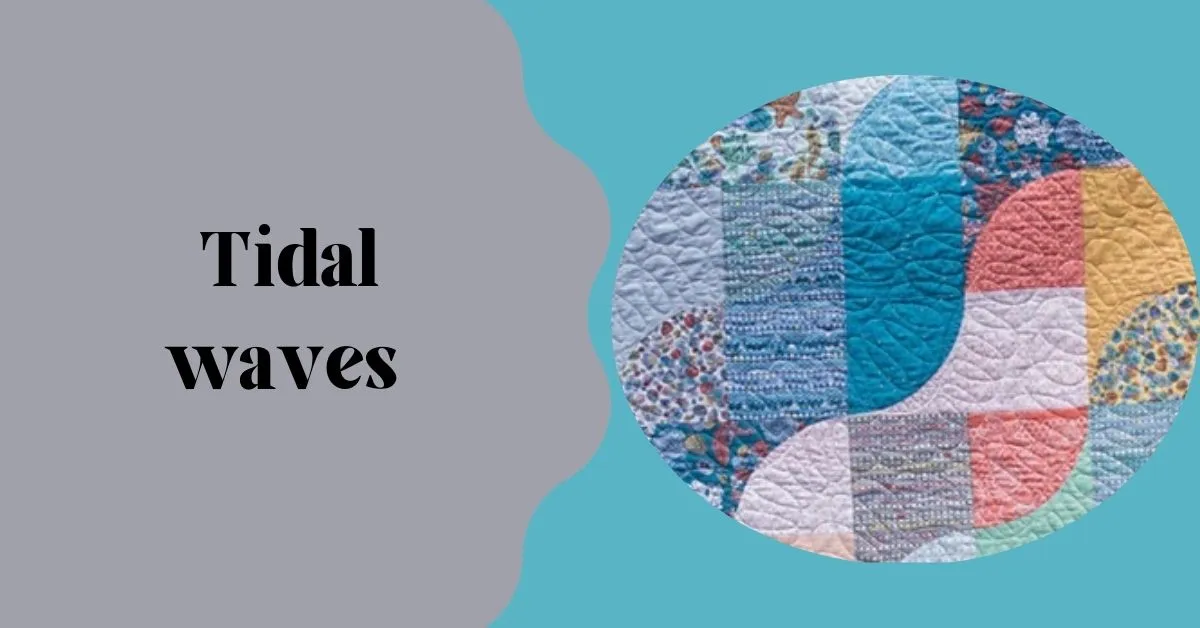
Lattice Quilting
Your quilted works take on a feeling of order and sophistication when lattice quilting designs are used. This pattern has a grid-like structure made of connected lines that cross one another to create a lattice-like pattern. The result is a structured, aesthetically beautiful texture that gives your quilts a sense of refinement and works for both conventional and modern quilting styles. Lattice quilting gives your quilting projects a feeling of balance and geometric accuracy, improving their overall attractiveness.
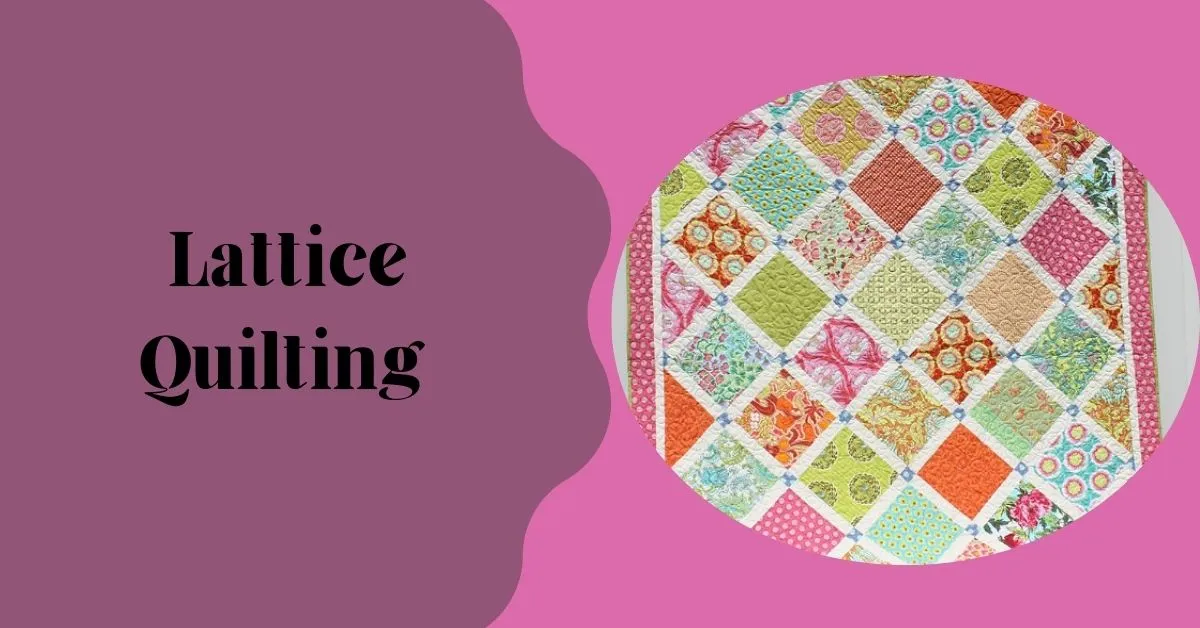
Honeycomb
Free motion quilting in honeycomb patterns produces an alluring texture reminiscent of the hexagonal cells in a beehive. This pattern is made up of densely quilted hexagons that fit together to resemble a honeycomb. Honeycomb designs are frequently used by quilters to lend a touch of geometry inspired by nature to their projects, making them acceptable for both traditional and modern quilts. Honeycombs are a versatile and attractive option for a variety of quilting projects due to their symmetrical and repeating characteristics, which give depth and visual appeal.

Modern Grid
Free motion quilting’s contemporary grid patterns provide a modern, organized approach to design. This design uses regularly spaced straight lines to create a geometric grid across the top of your quilt. Modern grid patterns are used by quilters to lend a feeling of symmetry and order to their designs as well as a touch of refinement. This pattern is perfect for minimalist and modern quilt styles because of its clear lines and acute angles, which give the composition a feeling of precision and elegance.
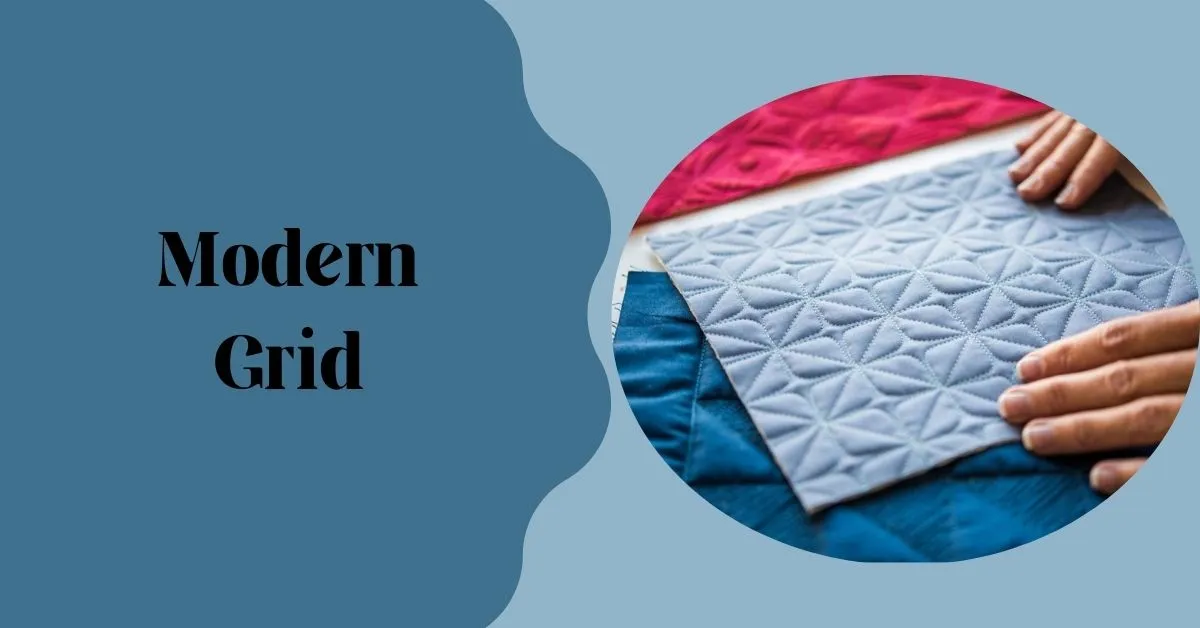
Curved Crosshatch
In free motion quilting, curved crosshatch patterns combine elegant curves with conventional crosshatching. This pattern has diagonal lines that cross to form an alluring lattice of rounded squares. Curved crosshatch designs are used by quilters to add a harmony of structure and flow to their quilted work, making them appropriate for both traditional and modern quilting methods. The quilt’s overall composition is given a timeless elegance and aesthetic intrigue by the mix of gentle curves and straight lines.
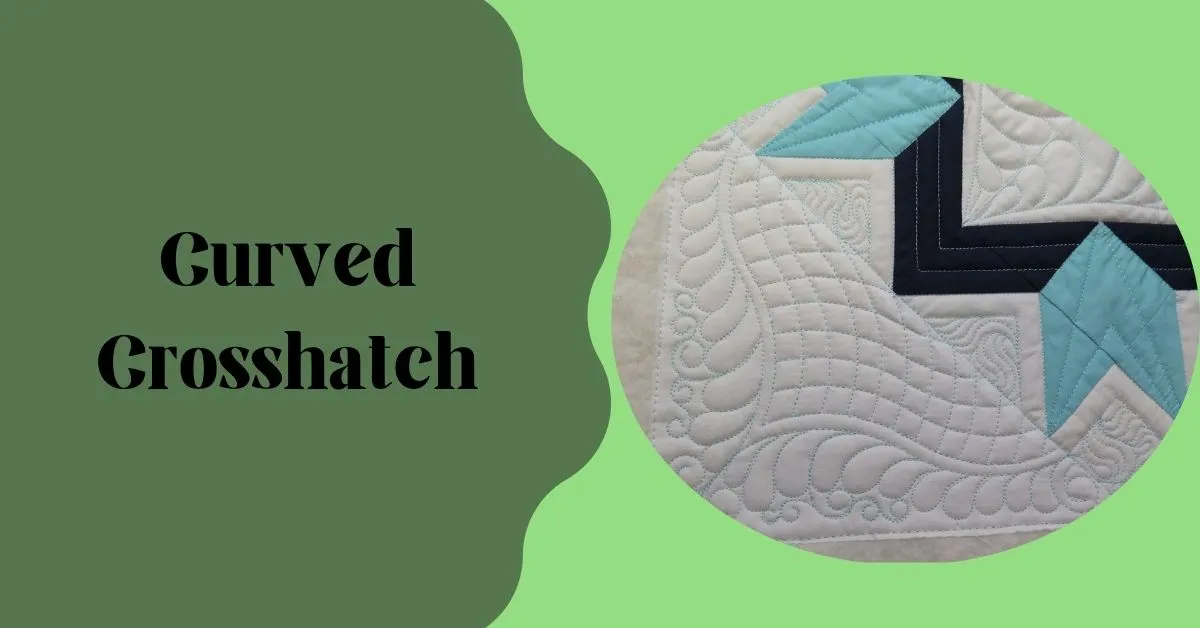
3D cubes
Free motion quilting’s 3D cube designs provide a distinctive and contemporary design feature. With this method, it appears as though three-dimensional cubes are protruding from the quilt’s surface. Quilters utilize 3D cubes to give depth and aesthetic interest to their designs, making them perfect for including a modern and artistic touch. This design is an intriguing option for quilts that demand attention and a dash of avant-garde flair due to its geometric accuracy and feeling of dimension.
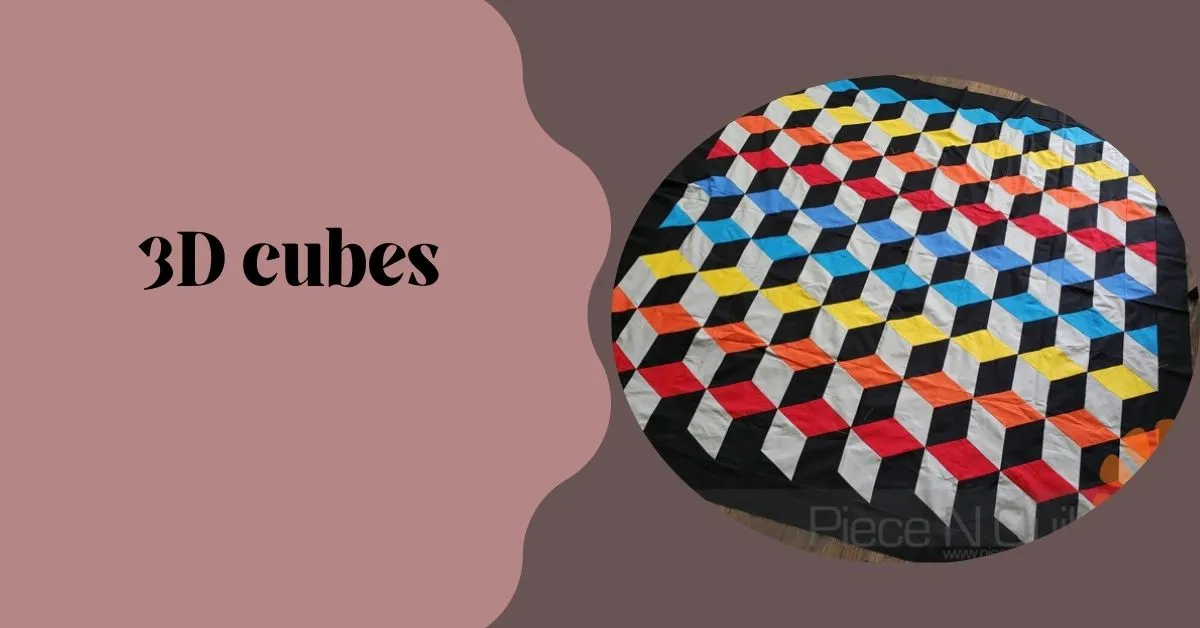
Heart-to-heart
Free motion quilting patterns with a heart-to-heart motif express love and connection. Rows of interlocking heart shapes make up this pattern, creating a sentimental and eye-catching pattern. Heart-to-heart designs are a popular choice among quilters to add warmth and sentiment to their quilted products, making them the ideal option for quilts intended to convey love and care. The heart-to-heart motifs’ symmetrical and lovable characteristics add a sweet touch to the quilt’s overall design, resulting in a beautiful visual story.

Advanced techniques for free motion quilting
Advanced techniques for free motion quilting take your quilting skills to the next level, allowing you to create intricate and complex designs on your quilts. Here are some advanced techniques to explore:
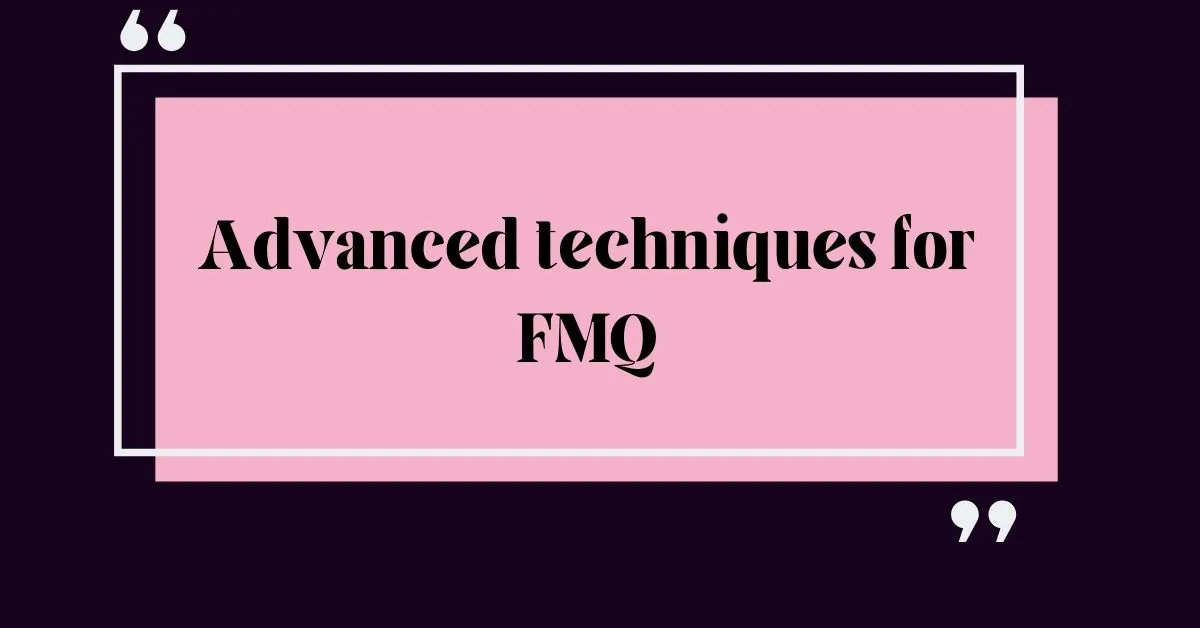
Thread Painting
Thread painting involves using different thread colors and types to add depth, shading, and detail to your quilt top. It’s like painting with thread and can be used for realistic depictions of objects, landscapes, or portraits.

Trapunto
Trapunto is a technique where you add extra batting to specific areas of your quilt to create a raised, three-dimensional effect. It’s often used for adding texture and emphasis to certain design elements.
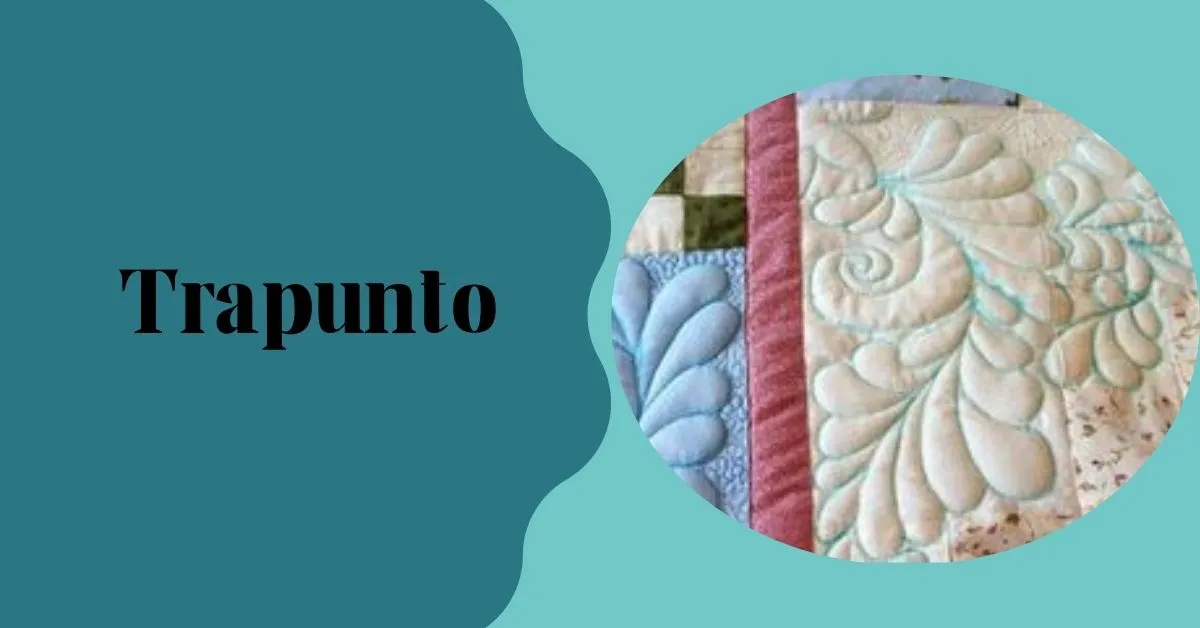
Custom Freehand Quilting
This technique involves quilting unique, one-of-a-kind designs on your quilt without using stencils or templates. It requires a high level of skill and creativity as you quilt intricate patterns, motifs, or even pictures.
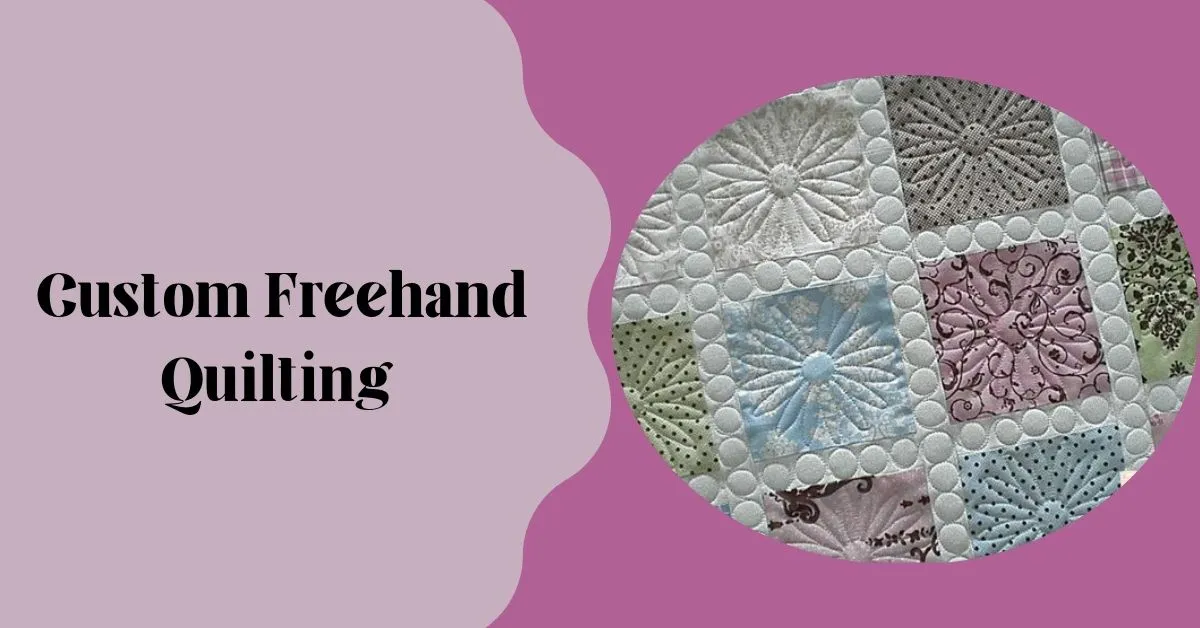
Continuous Line Quilting
Advanced quilters can challenge themselves by quilting complex designs in one continuous line without breaking the thread. This technique requires excellent control and planning.
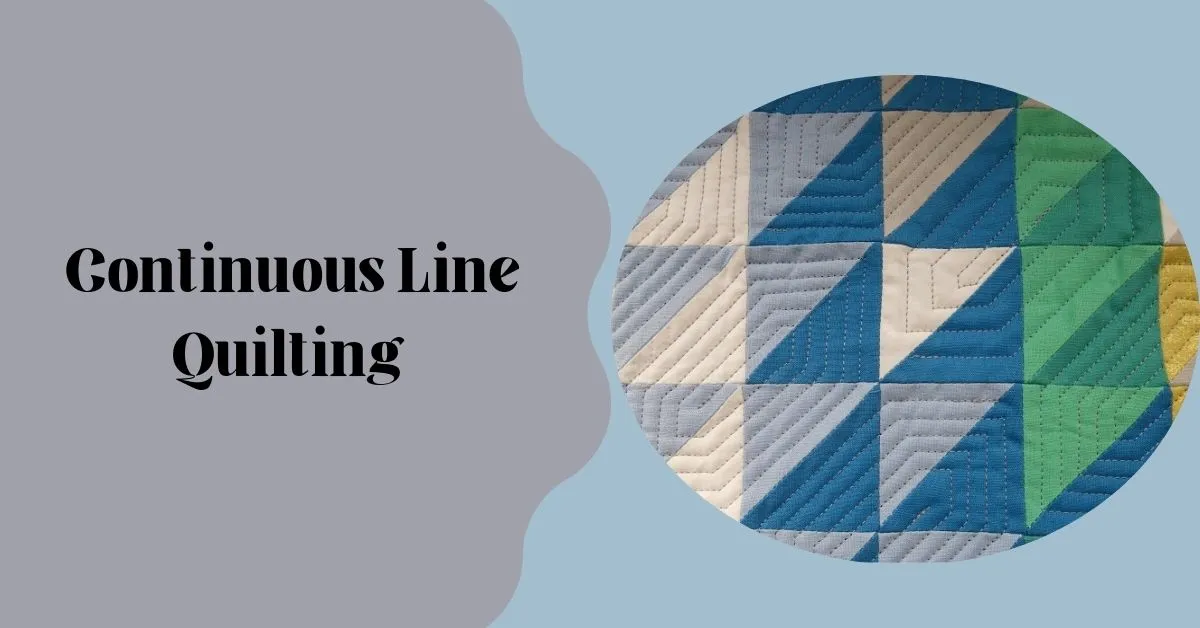
Reverse Appliqué
Reverse appliqué involves cutting away fabric layers to reveal a design underneath, which is then quilted. It’s a technique that combines quilting and fabric manipulation for stunning visual effects.
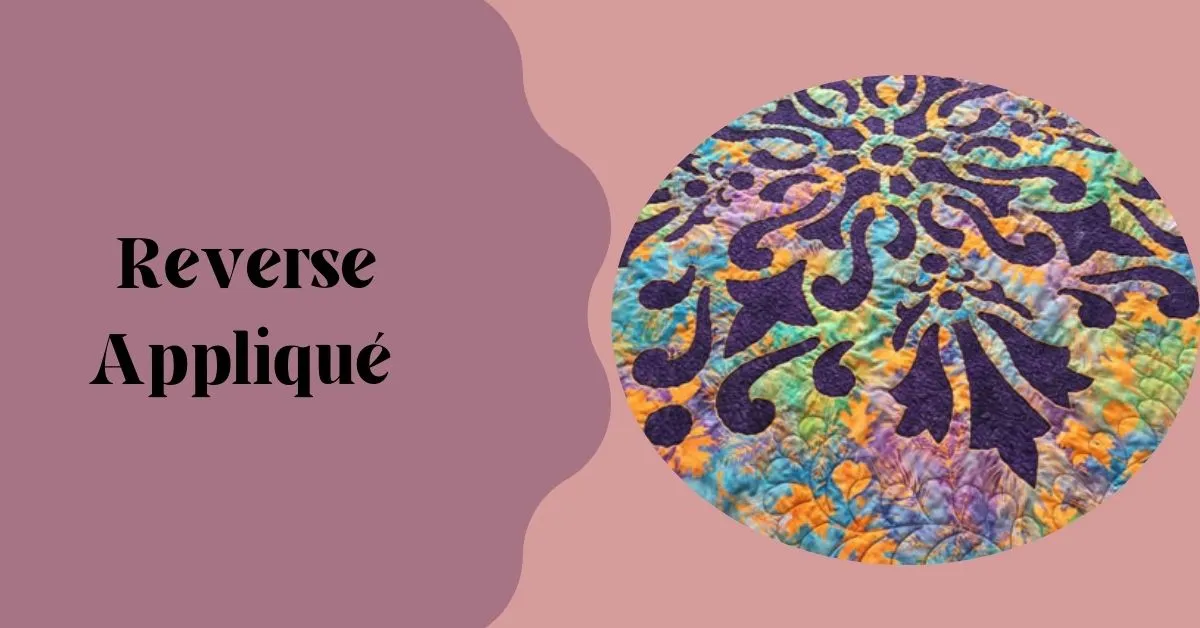
Heirloom Quilting
This technique combines intricate quilting patterns with delicate lacework, embroidery, and other embellishments to create quilts with a heirloom quality.
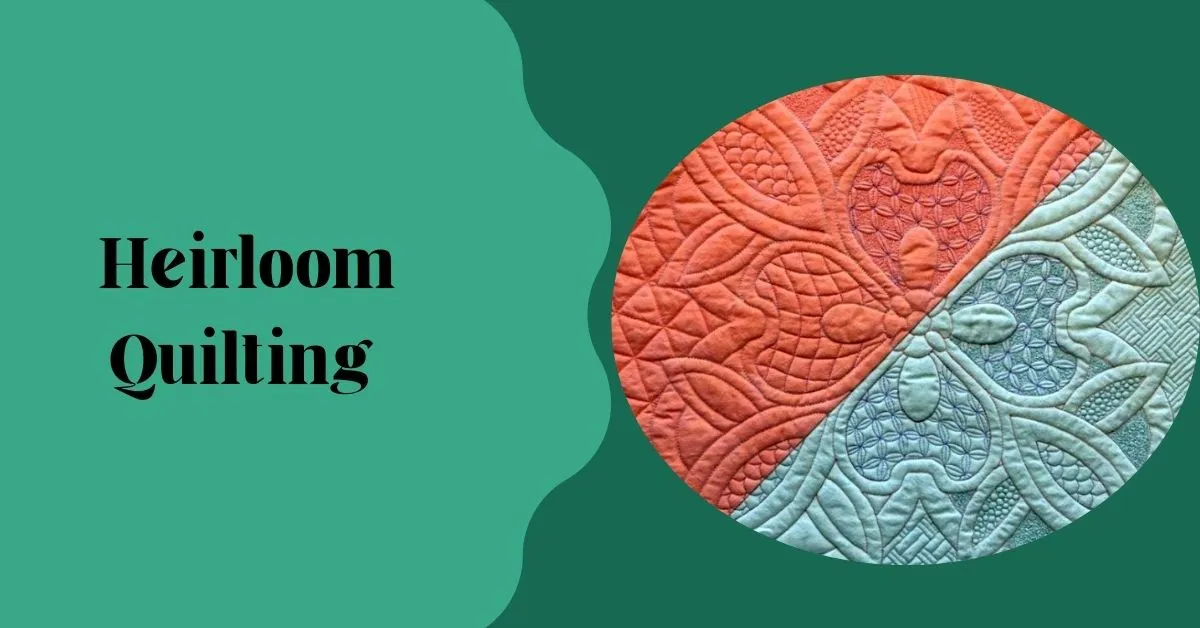
Free Motion Fillers
Advanced quilters can experiment with a wide variety of free motion fillers, such as pebbles, swirls, or dense background textures, to add depth and interest to their quilts.
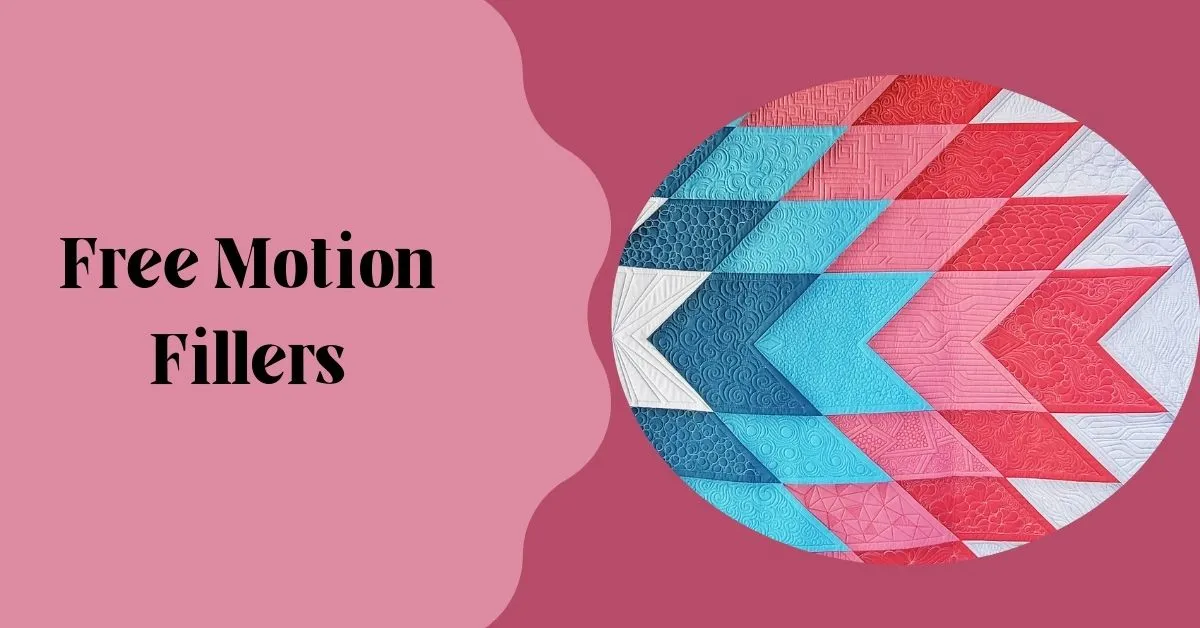
Layered or Complex Backgrounds
Instead of using a single layer of fabric for the background, advanced quilters may use multiple layers or incorporate pieced backgrounds to create complex, multi-dimensional effects.

Thread Sketching
Thread sketching is like drawing with your sewing machine. Advanced quilters can use this technique to create detailed, lifelike images on their quilts.
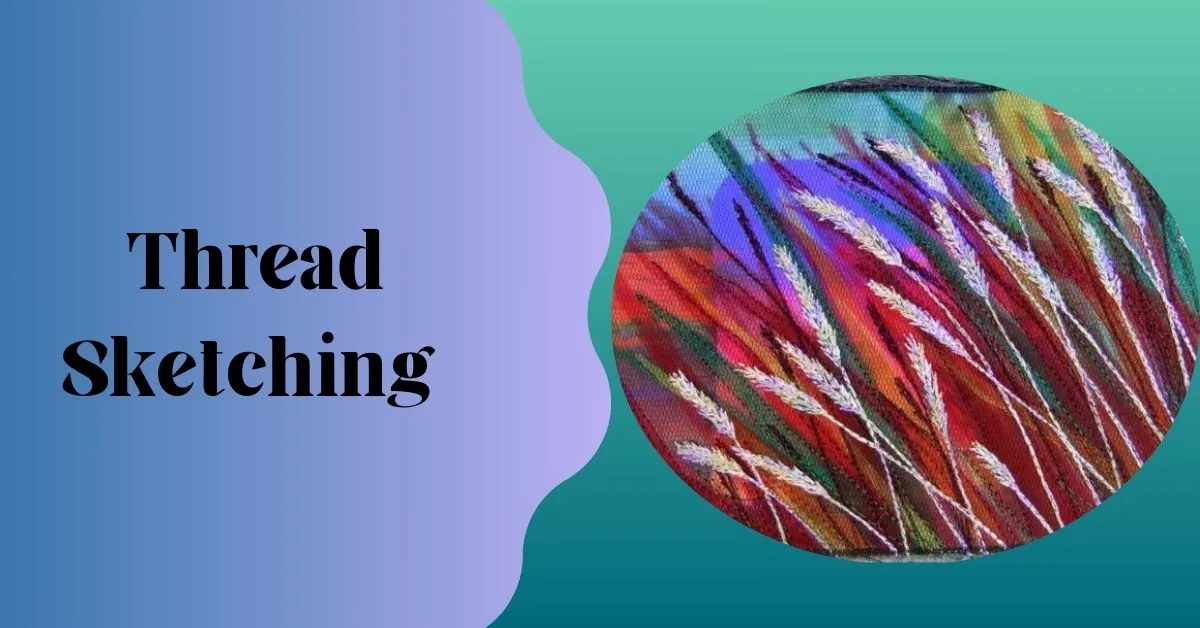
Fabric Painting and Dyeing
Combining fabric painting or dyeing with free motion quilting can result in truly unique and artistic quilts. These techniques allow you to customize your fabric to match your design vision.
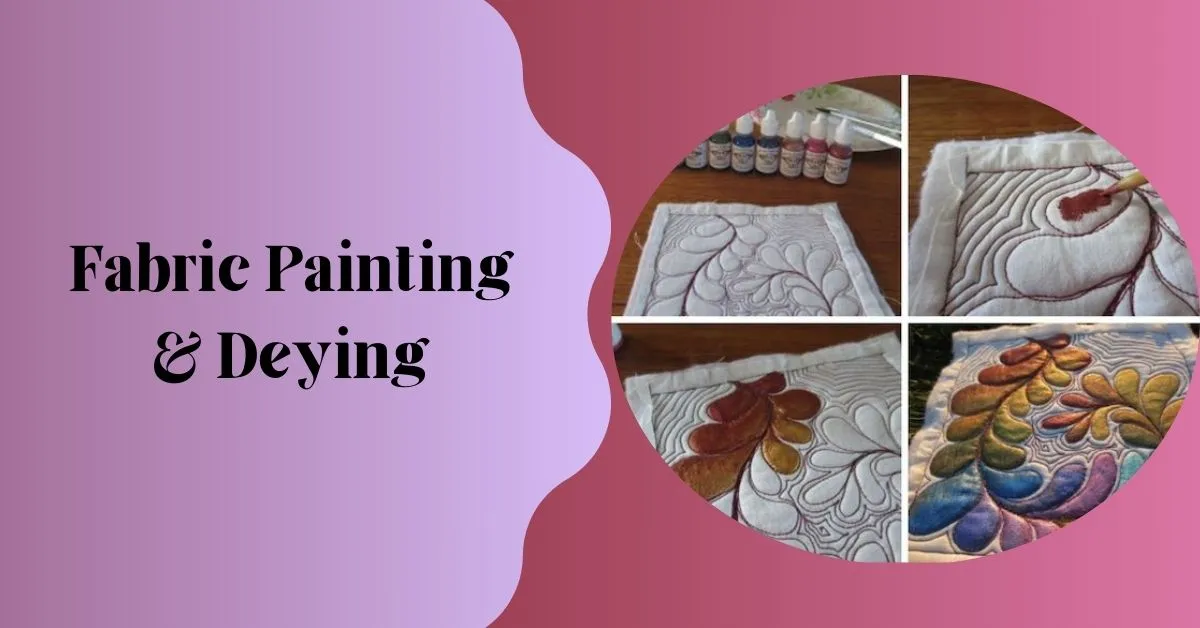
Free Motion Quilting Tips and Tricks
To help you succeed in your free motion quilting endeavors, here are some valuable tips and tricks:
Choosing the Right Thread
Select high-quality quilting thread that complements your fabric. Thread that matches the background fabric will make mistakes less noticeable, while contrasting thread can add a decorative touch.
Maintaining Consistent Speed
Maintaining a consistent speed while quilting is crucial for even stitches. Practice controlling your machine’s foot pedal to achieve the desired speed.
Relax and Breathe
Tension can affect the quality of your stitches. Remember to relax your shoulders, arms, and hands. Deep, steady breaths can help you maintain control.
Practice and Patience
Free motion quilting is a skill that improves with practice. Don’t be discouraged by initial challenges; keep practicing, and you’ll see progress over time.
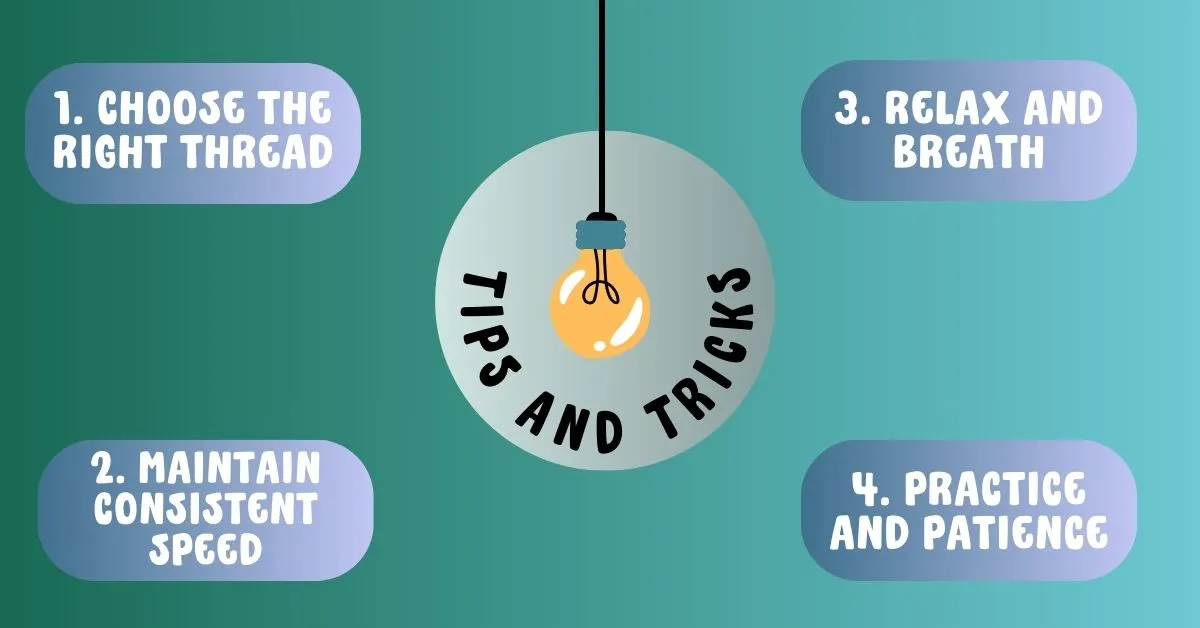
Read More: Easy Quilt Blocks
Conclusion-free motion quilting
In conclusion, free motion quilting is not merely a craft; it’s a journey into the world of artistic expression through fabric and thread. It empowers quilters to infuse their creations with stories, memories, and a deep sense of creativity. Whether you’re a novice just starting to explore the basics or an advanced quilter pushing the boundaries of design, the possibilities in free motion quilting are endless. From stippling to 3D cubes, from thread painting to interlocking spirals, the rich array of techniques and patterns allows you to transform simple fabric into stunning works of art.
As you embark on your free motion quilting adventure, remember that patience and practice are your allies, and with each stitch, you’re weaving a unique tale of beauty and craftsmanship. So, thread your needle, lower your quilting foot, and let your imagination soar as you embark on this artistic quilting journey.

